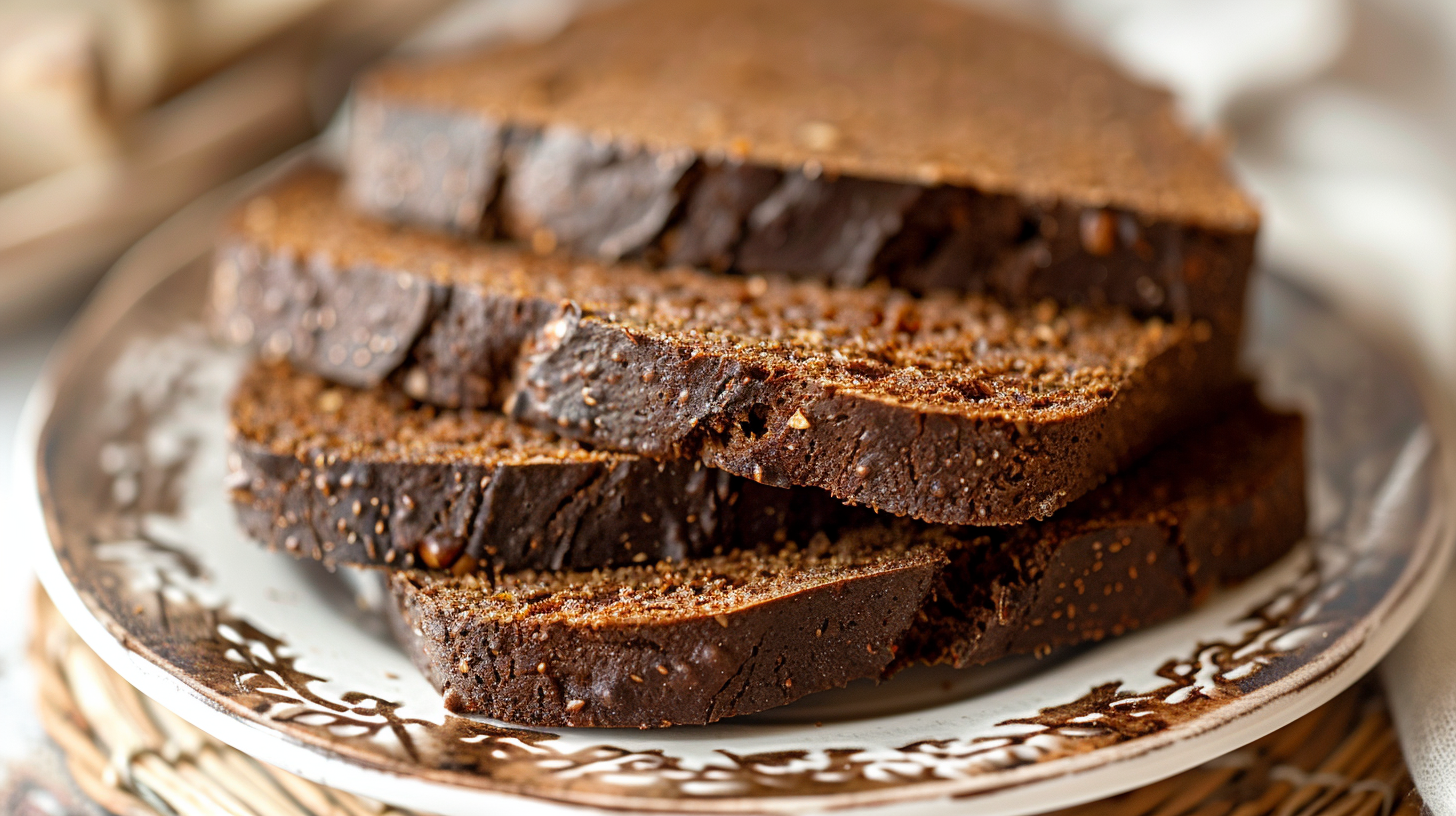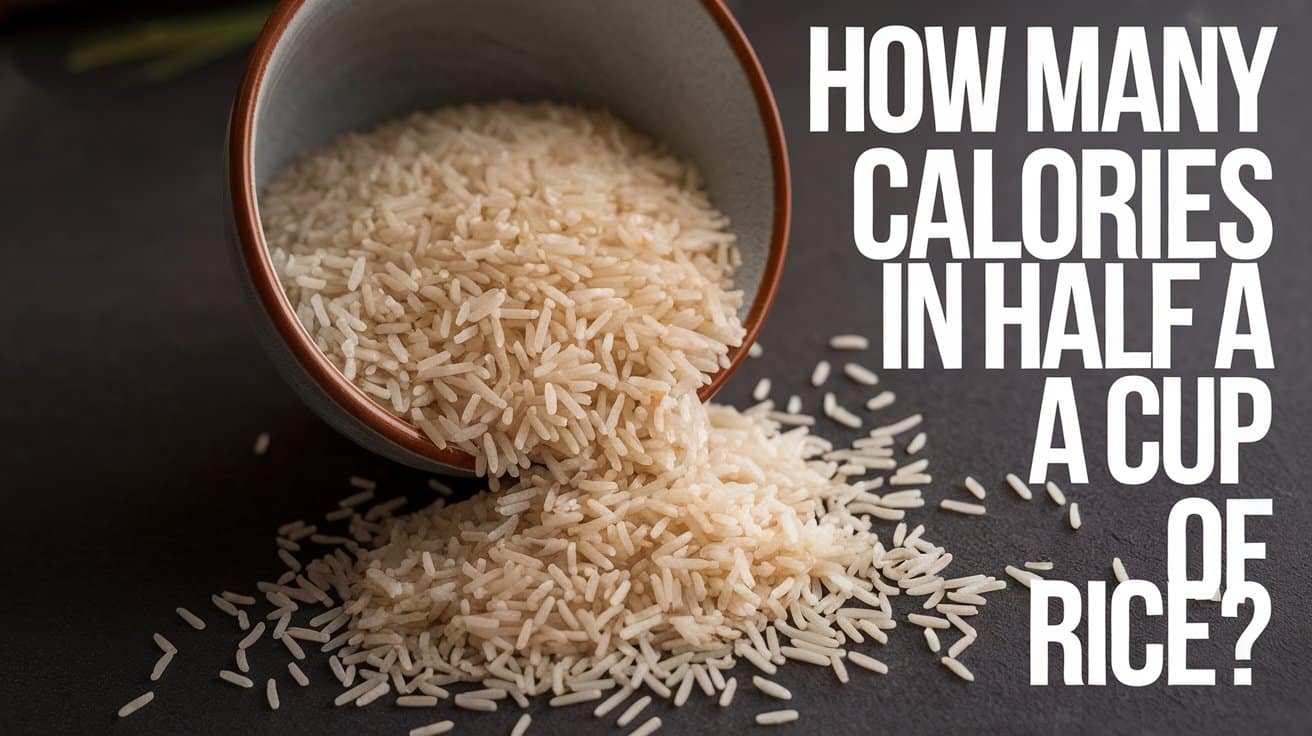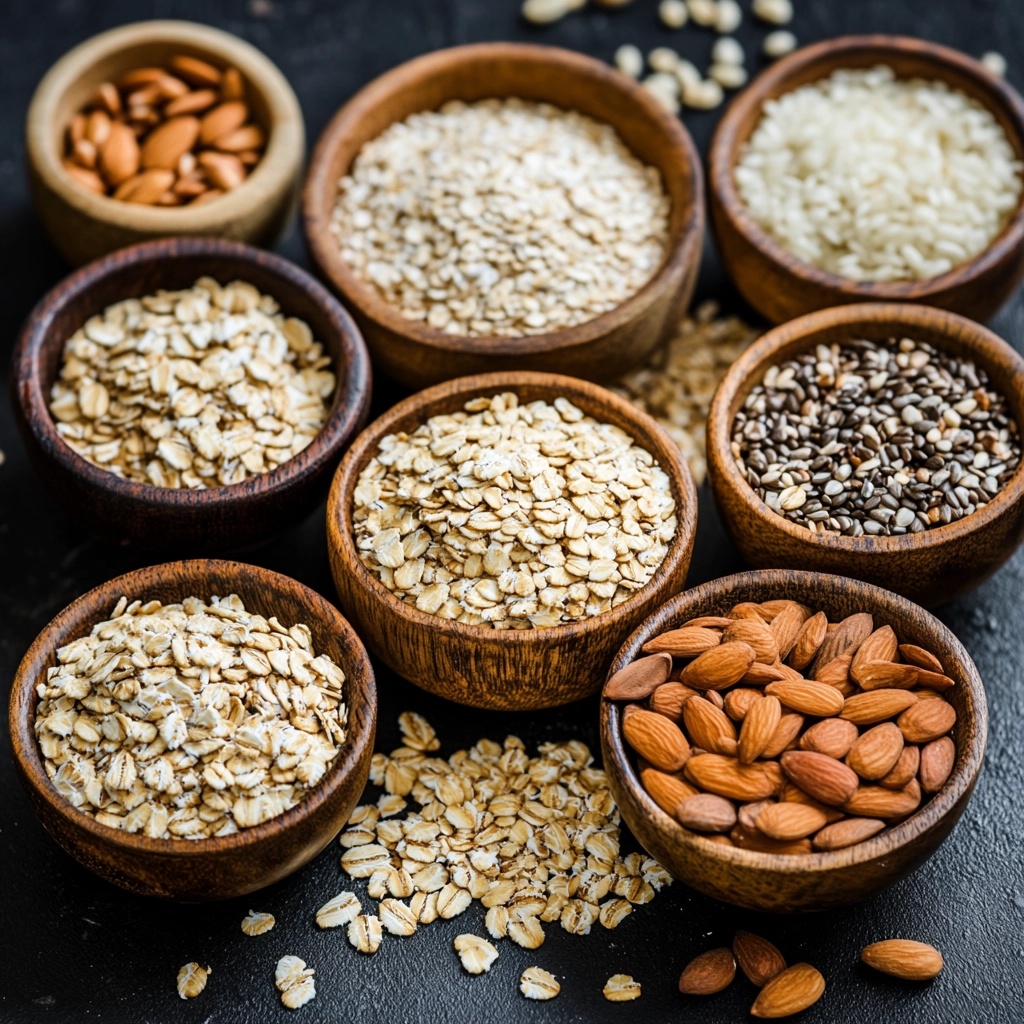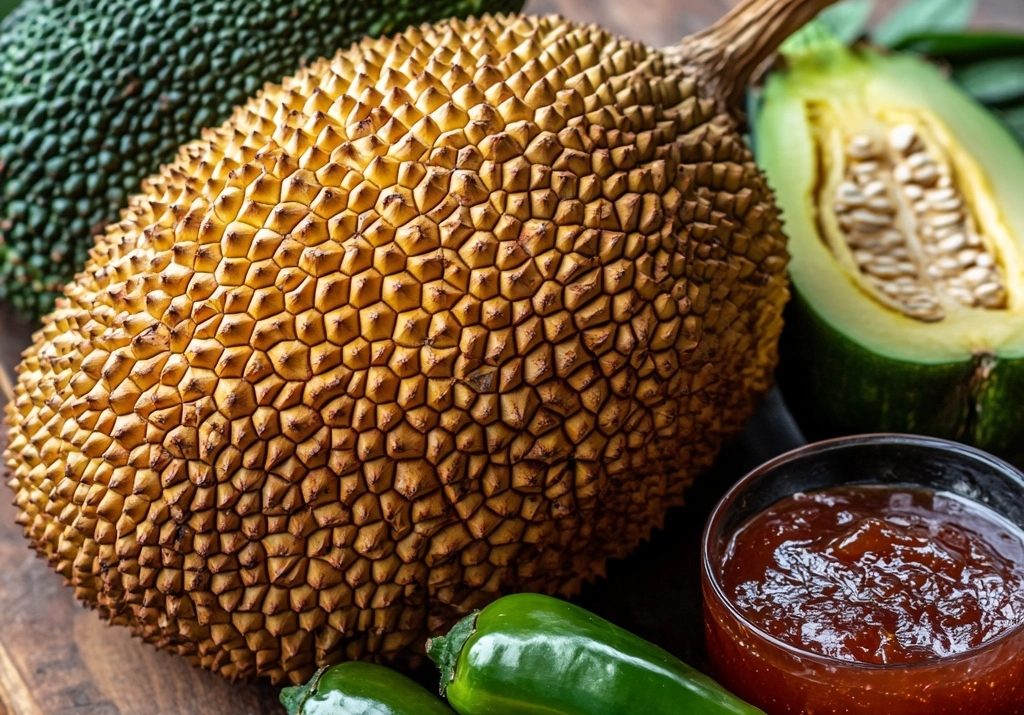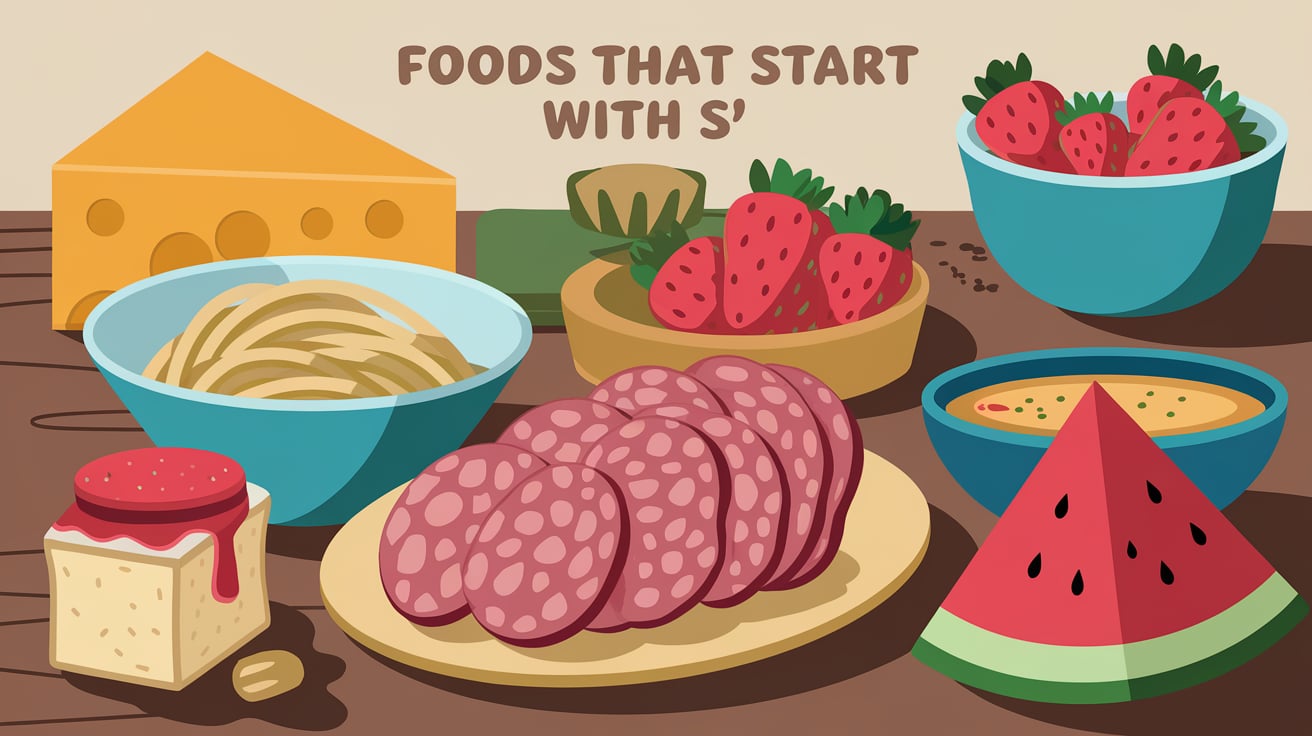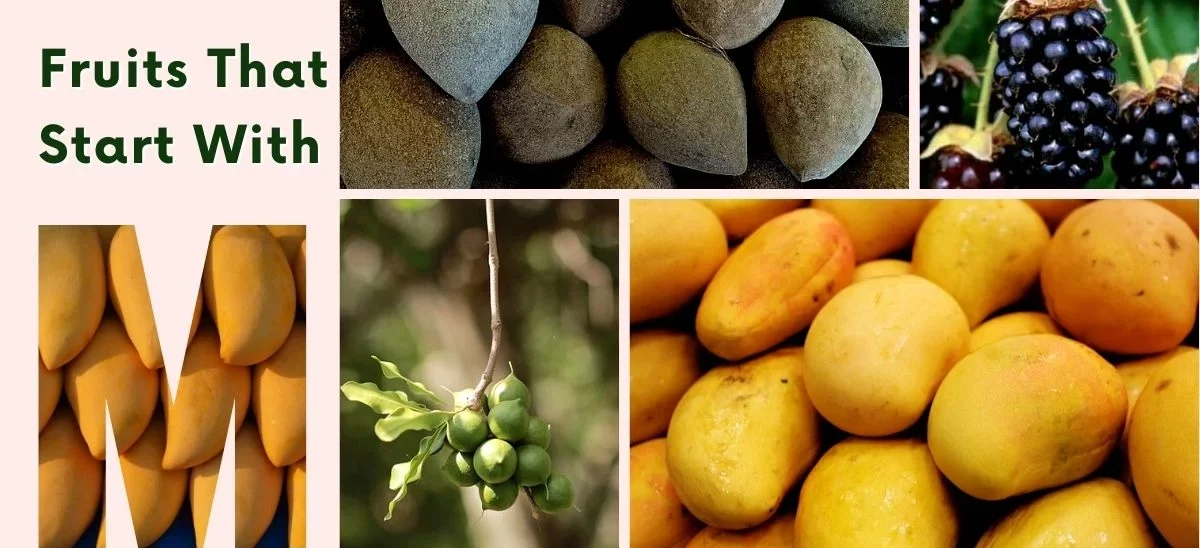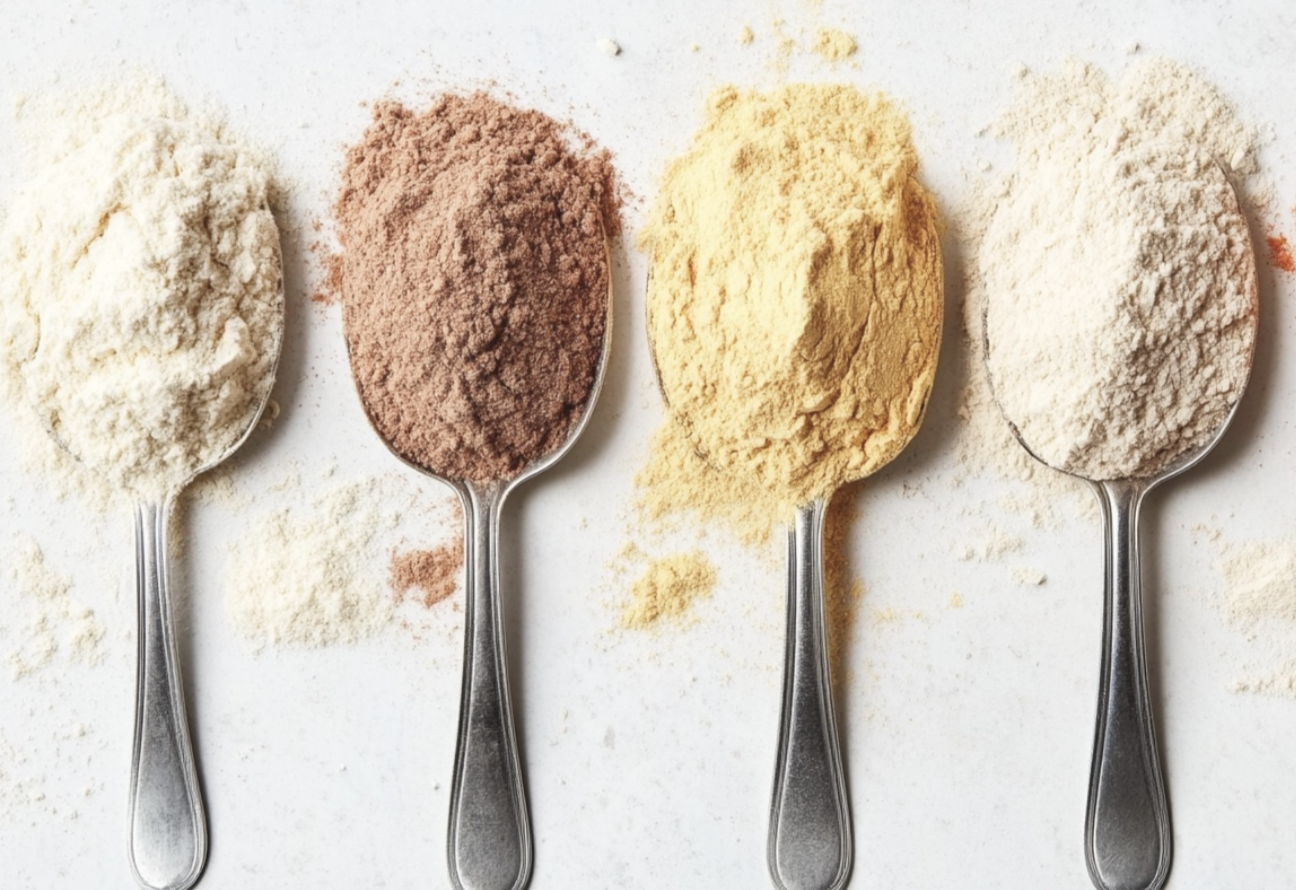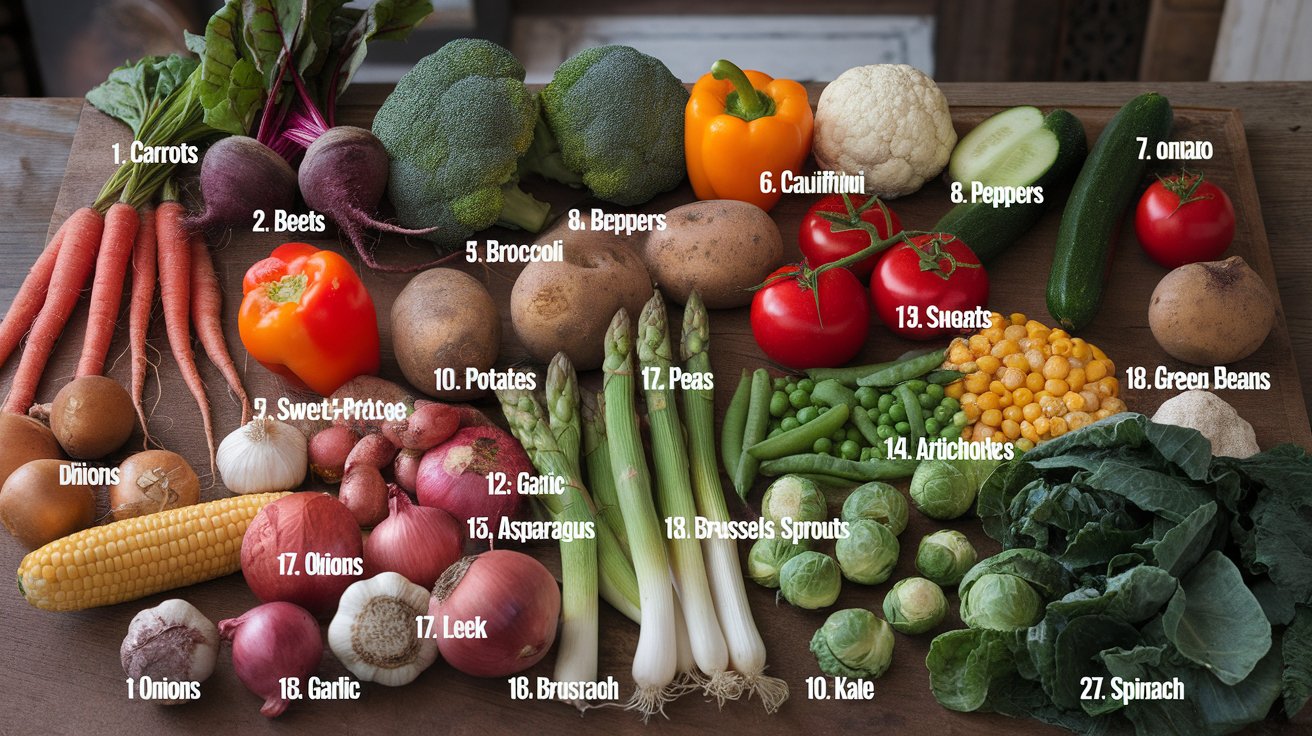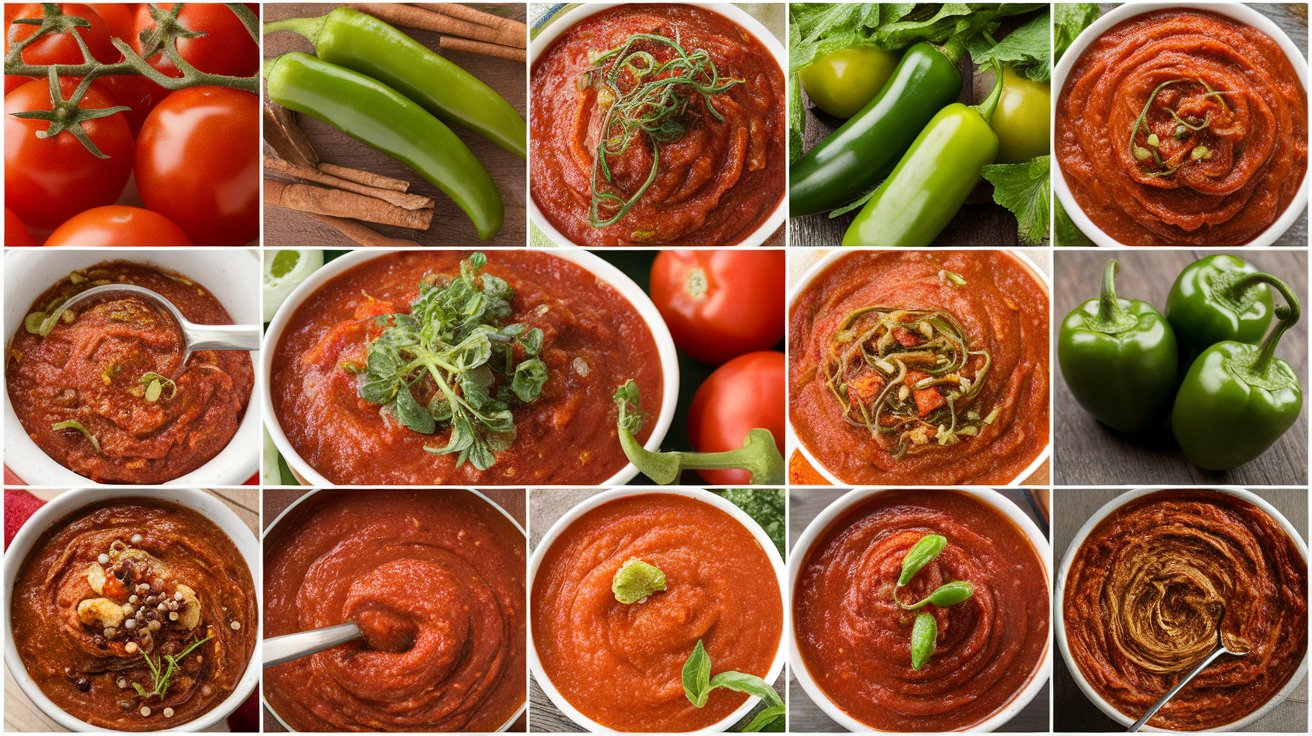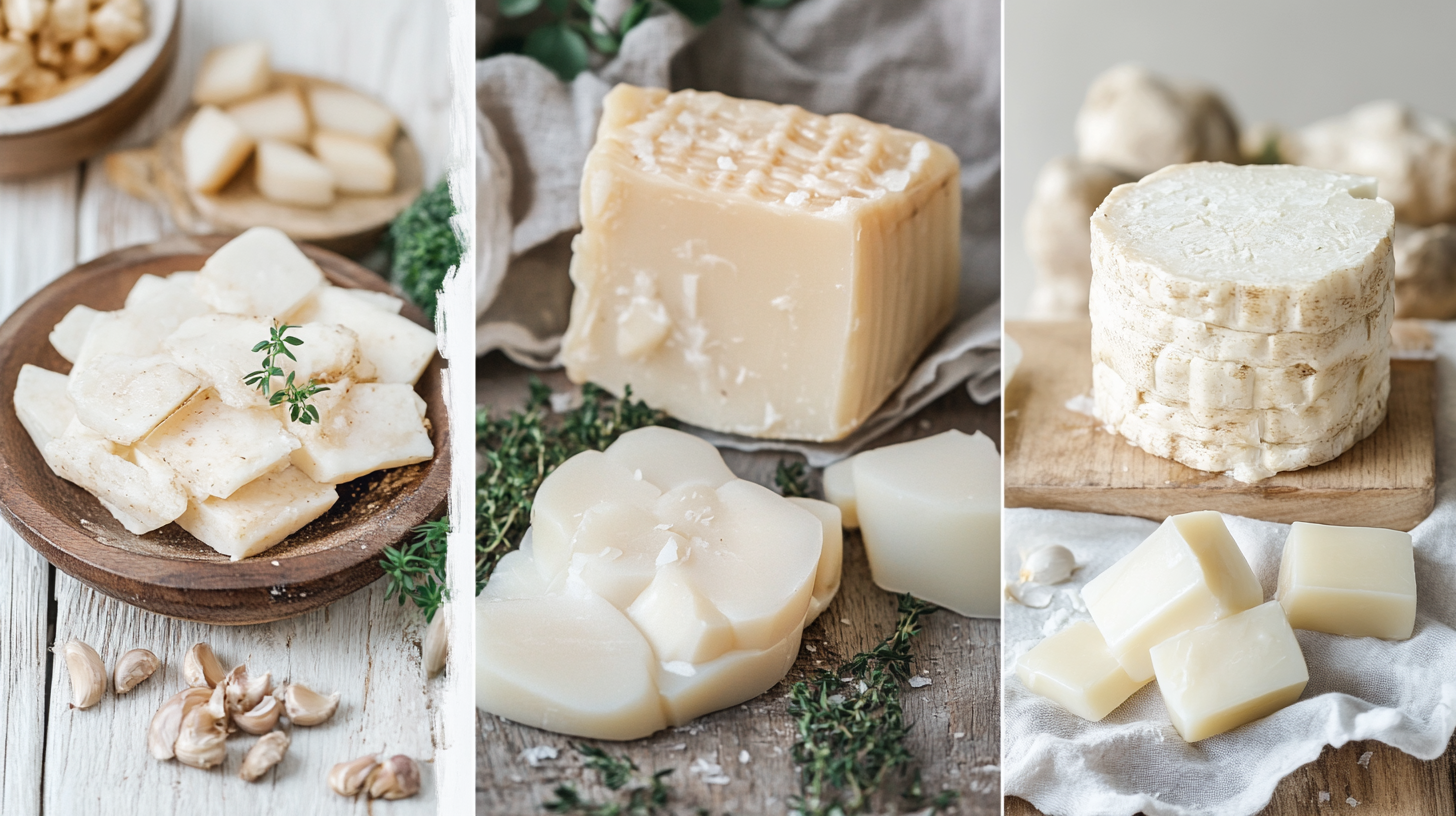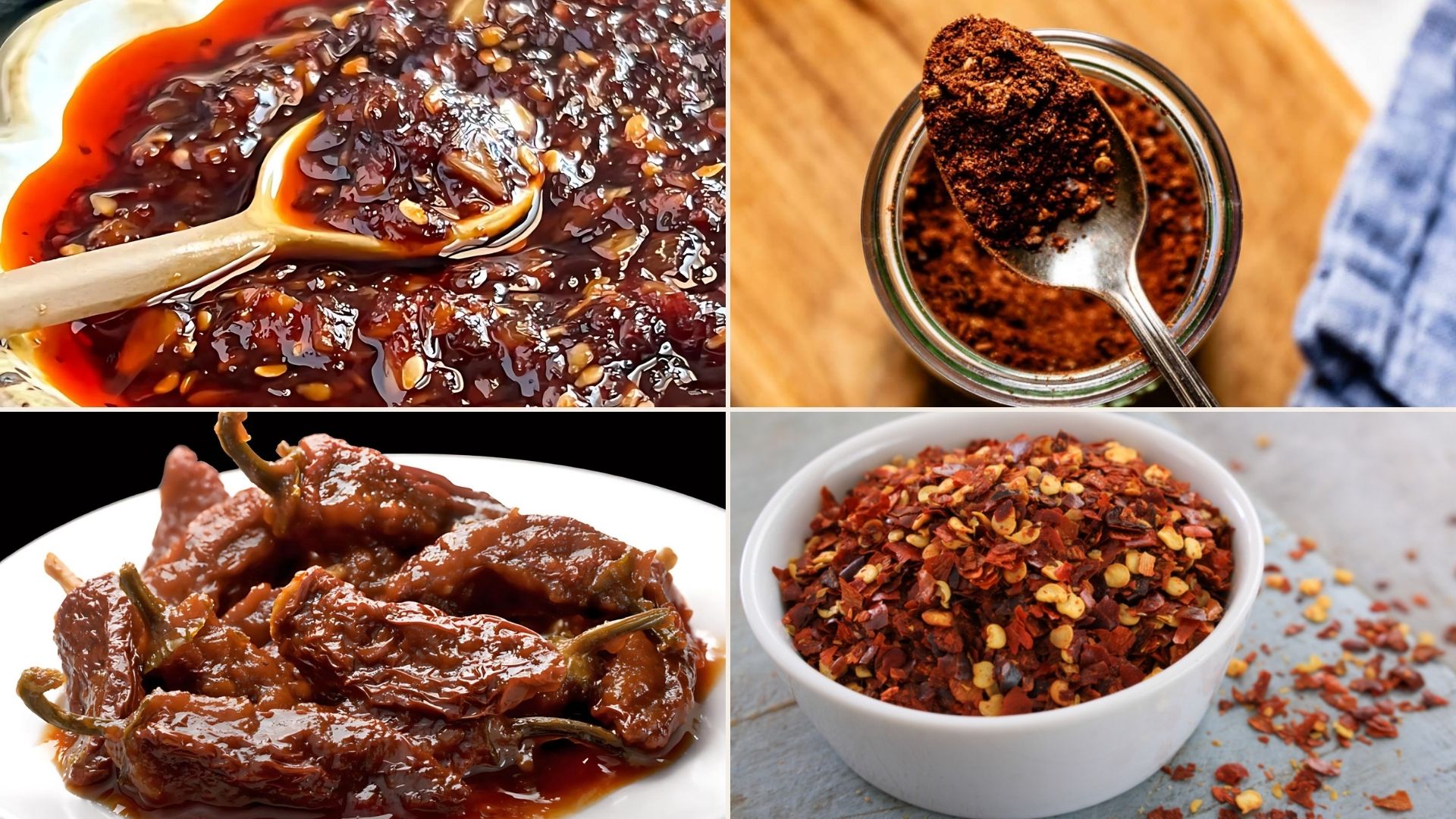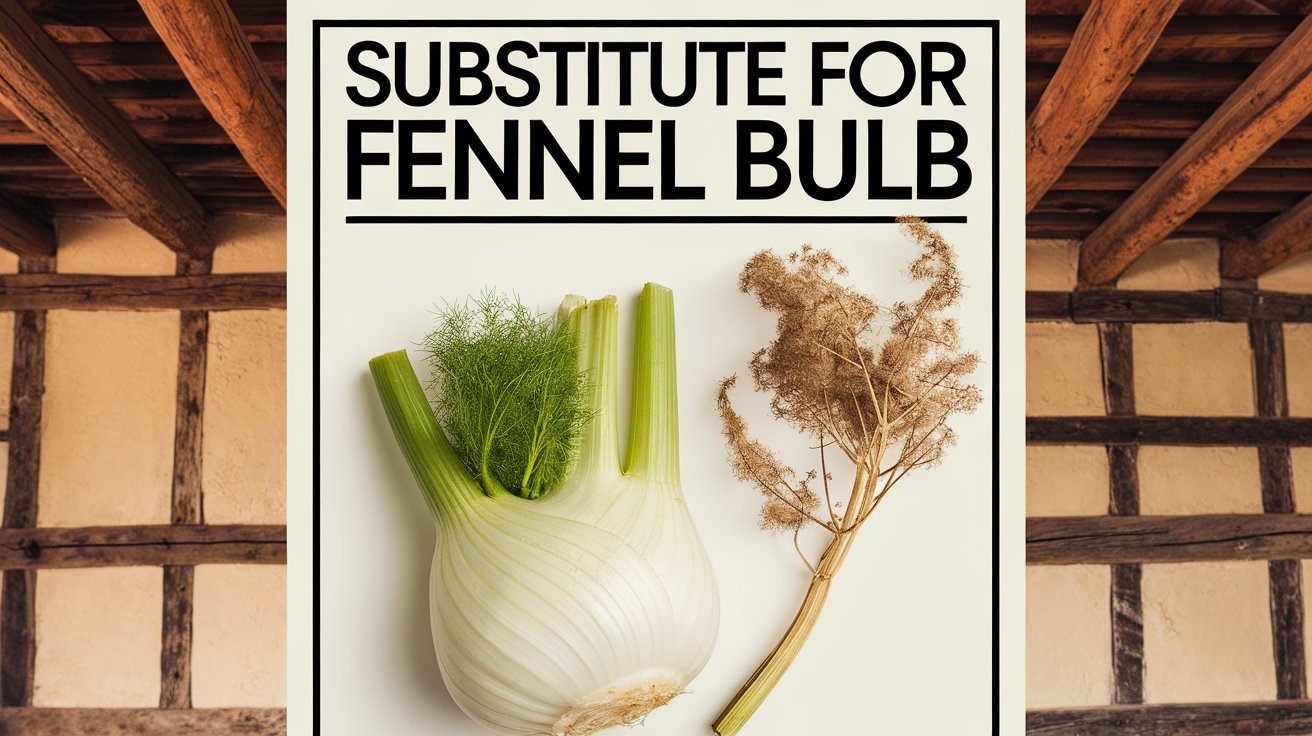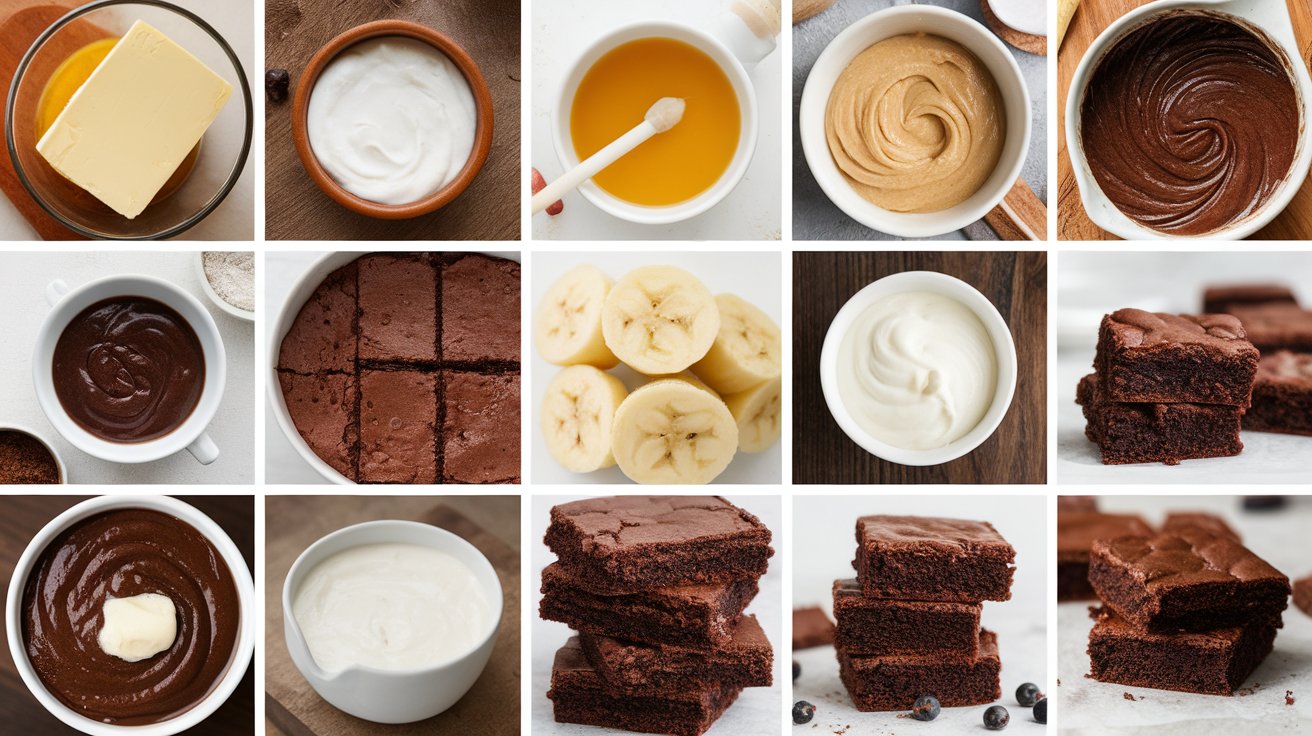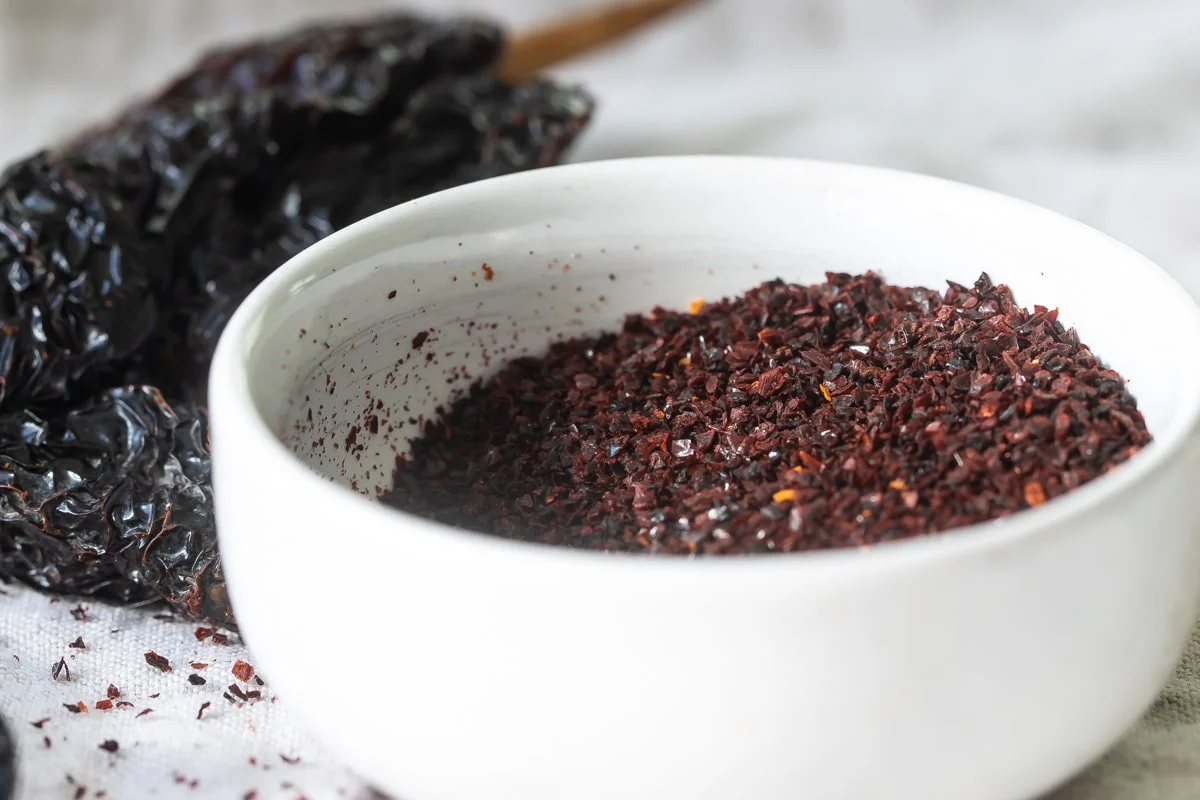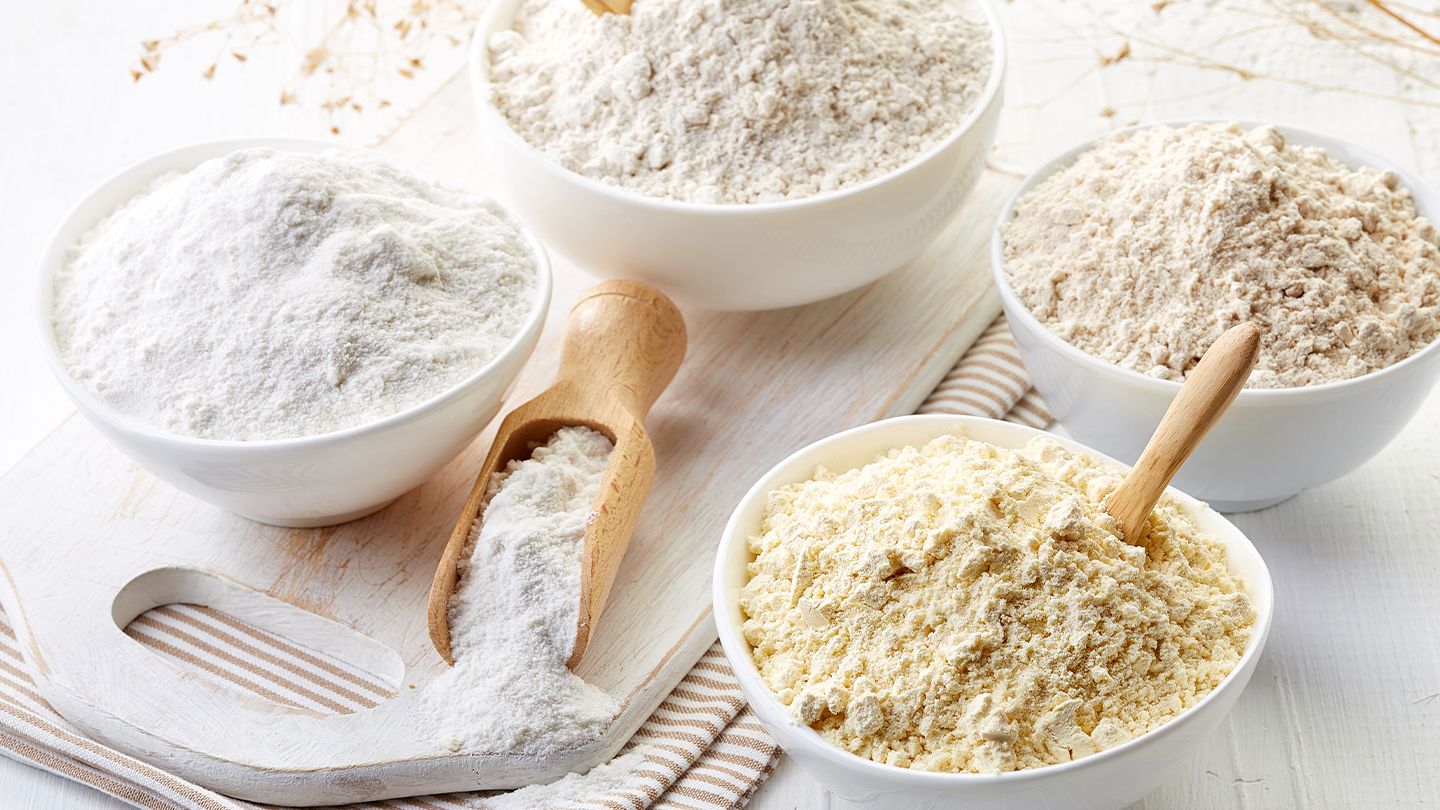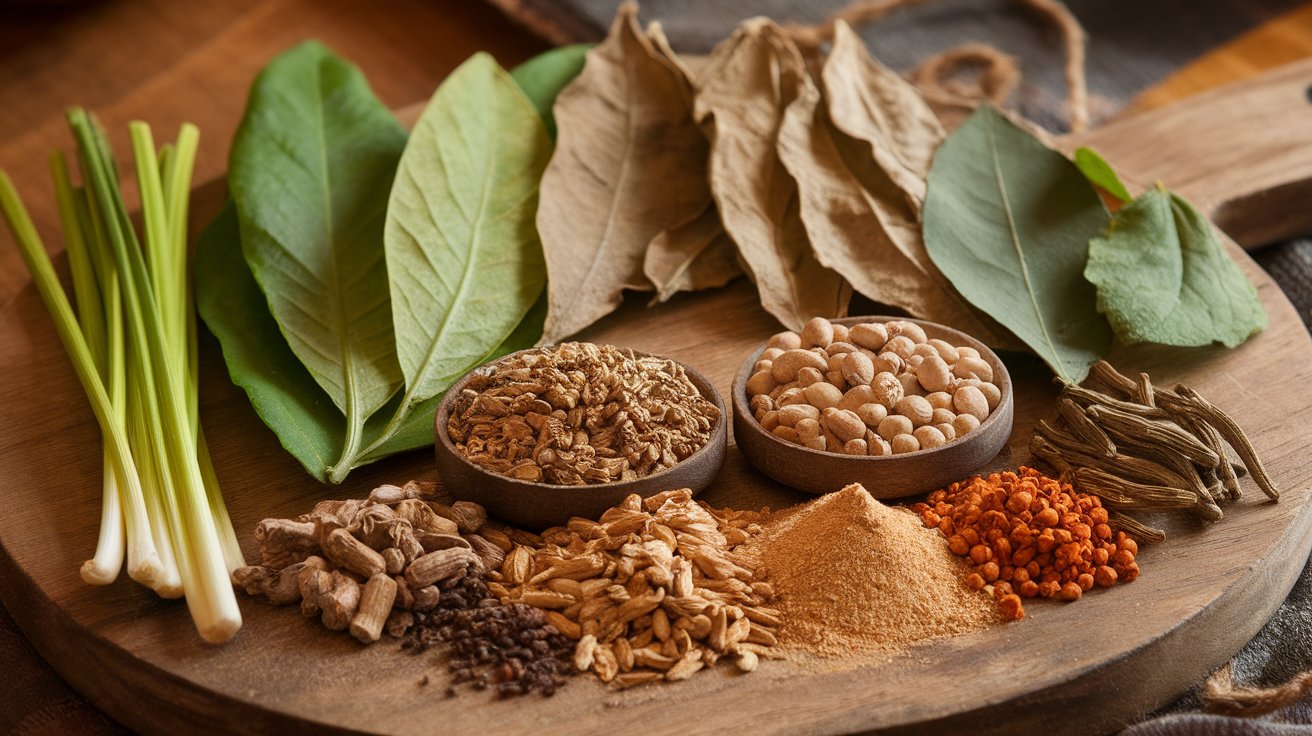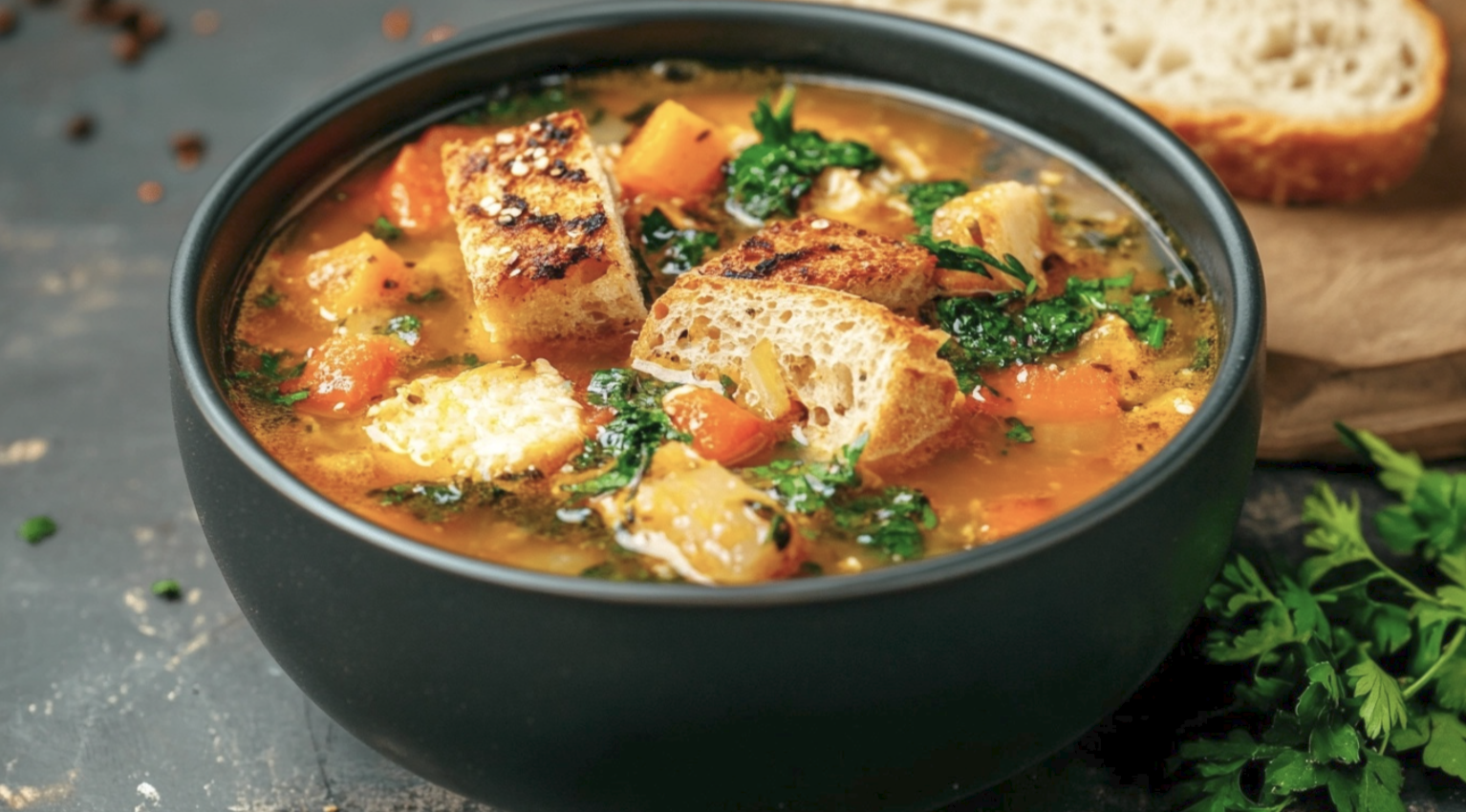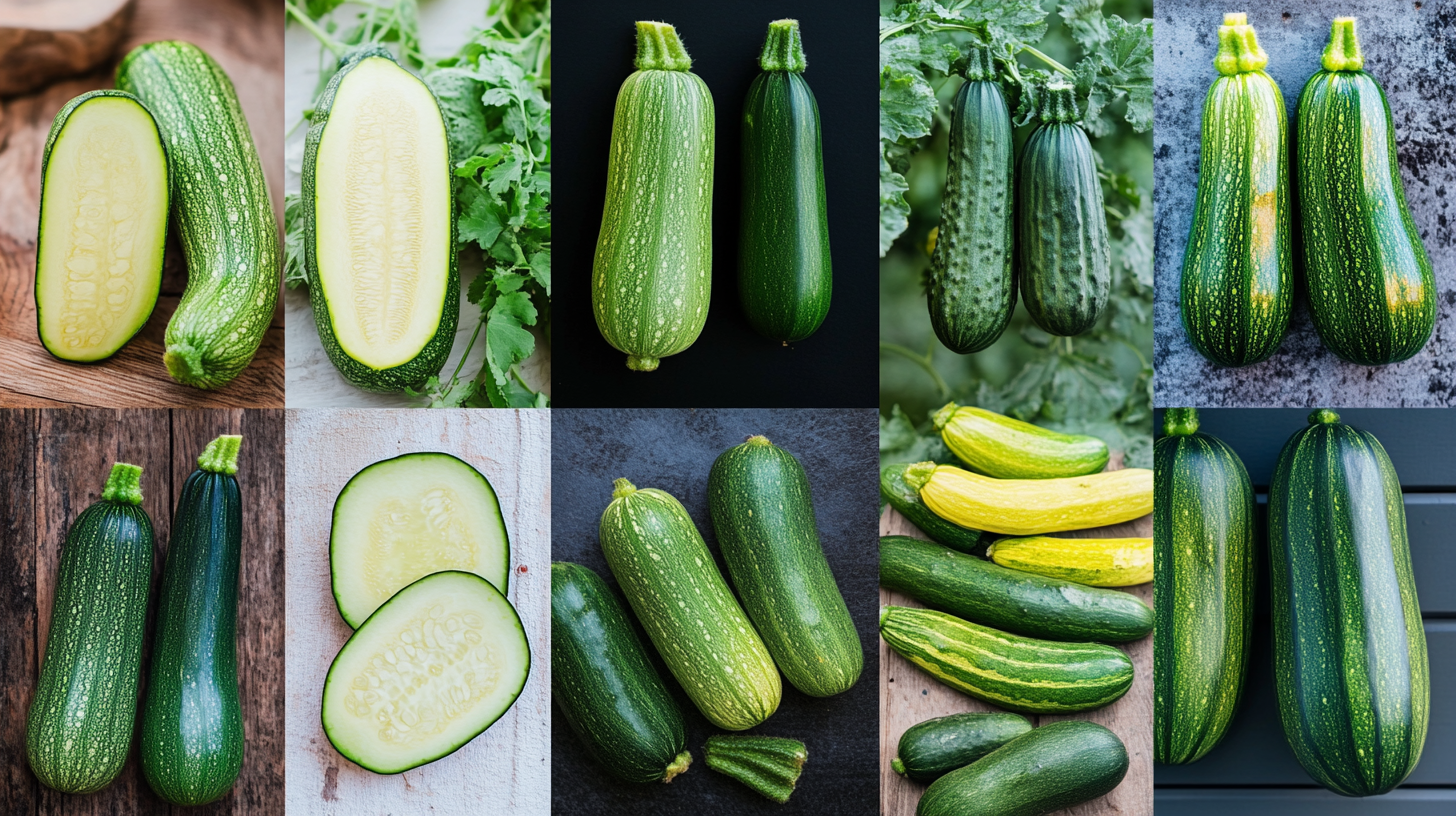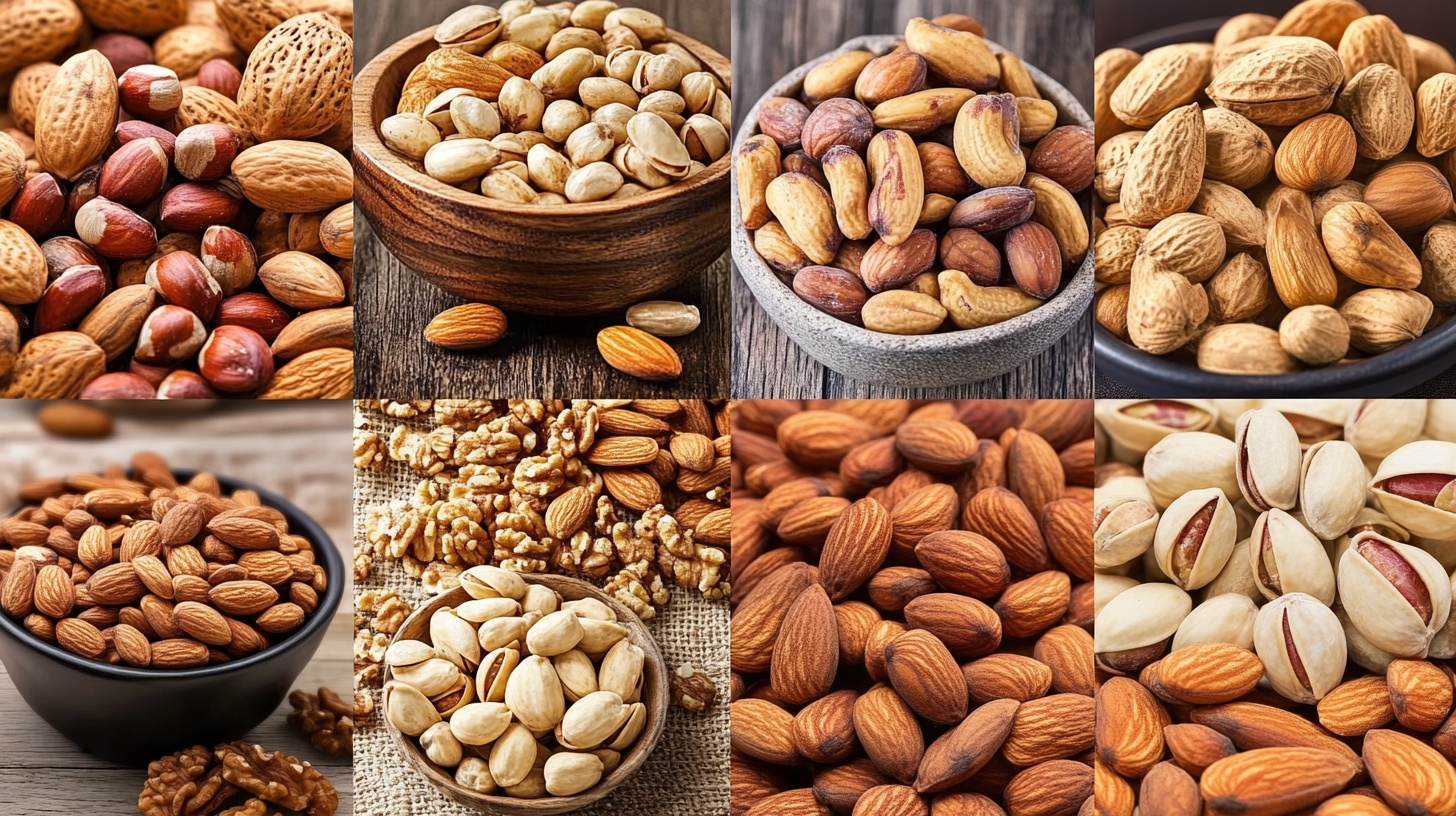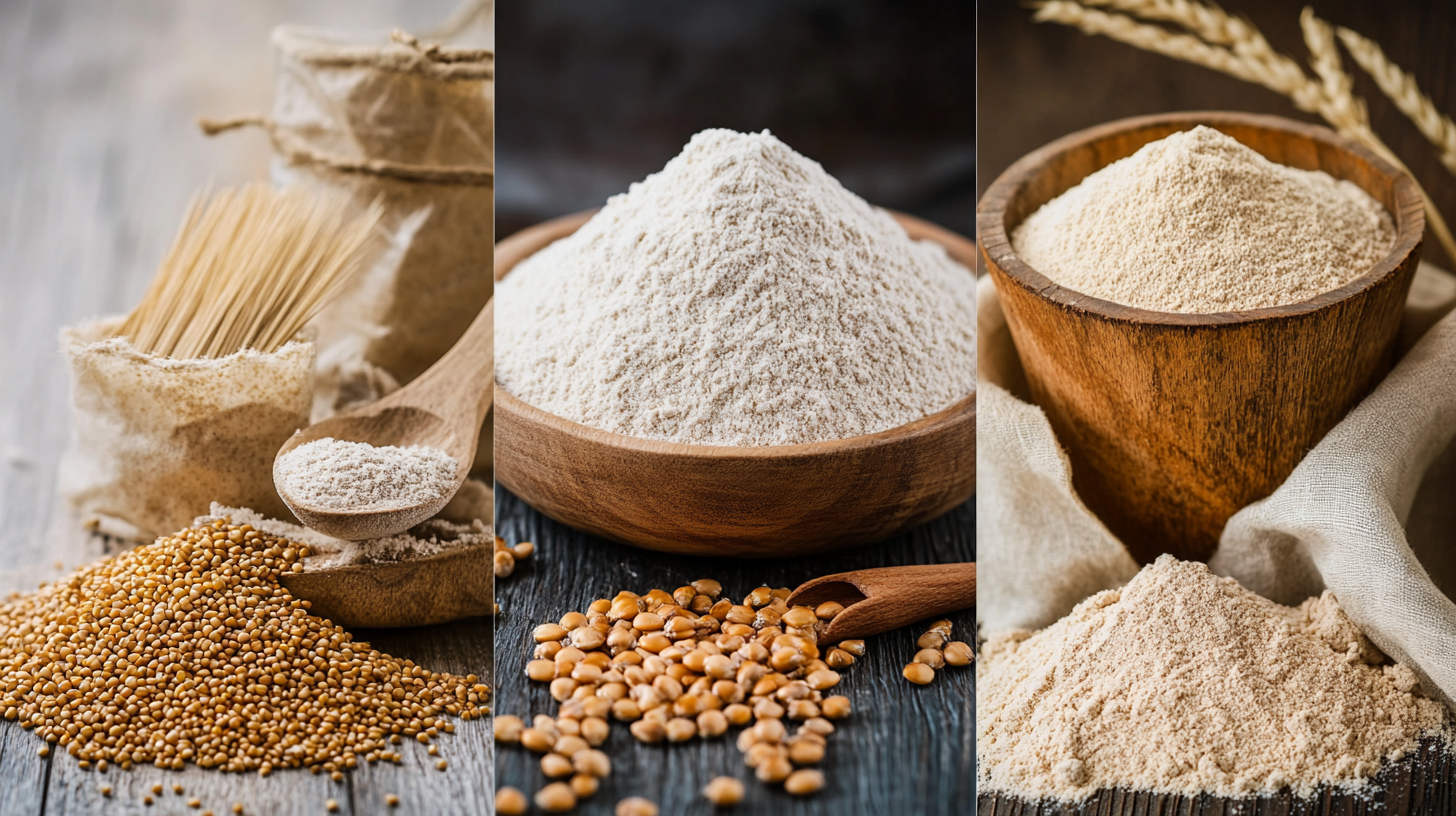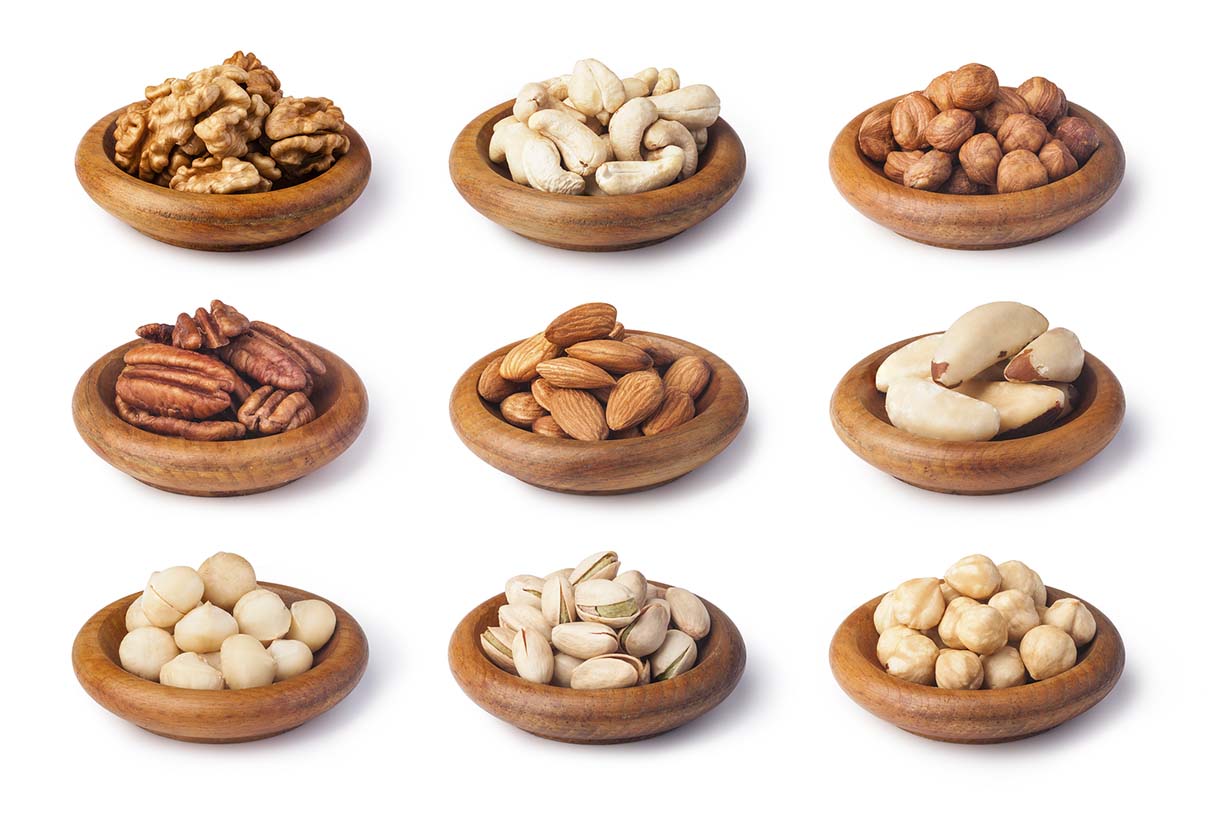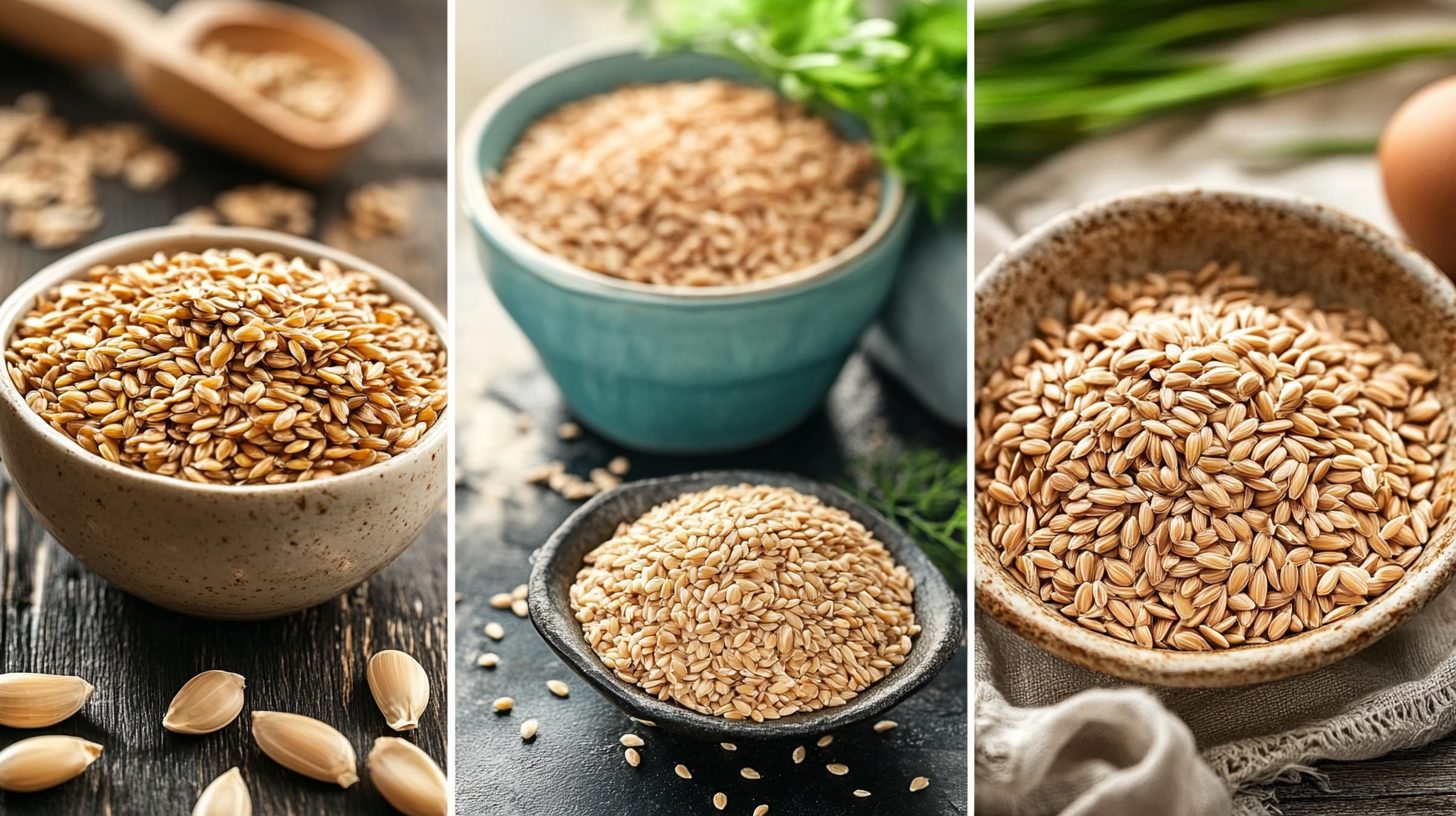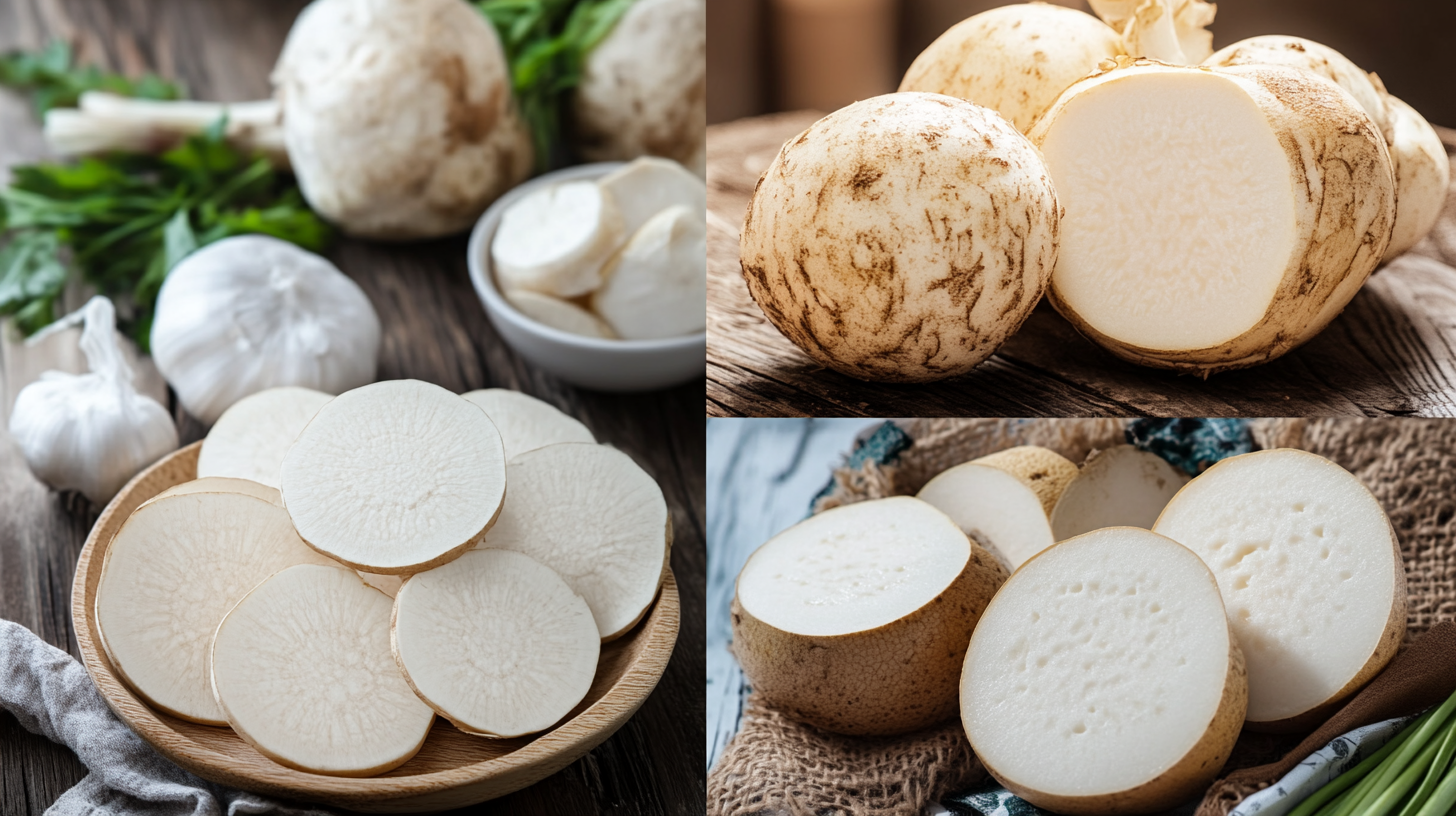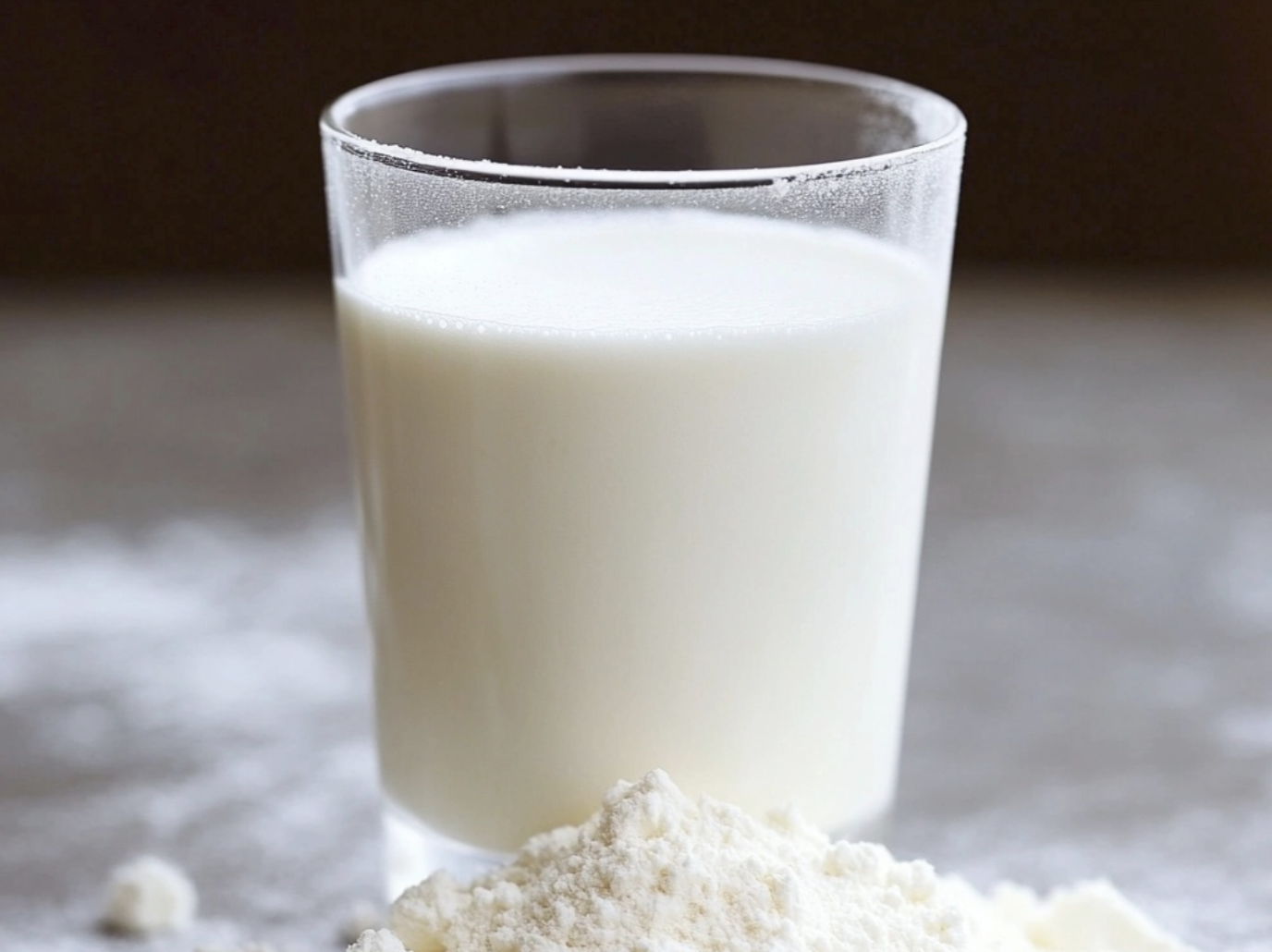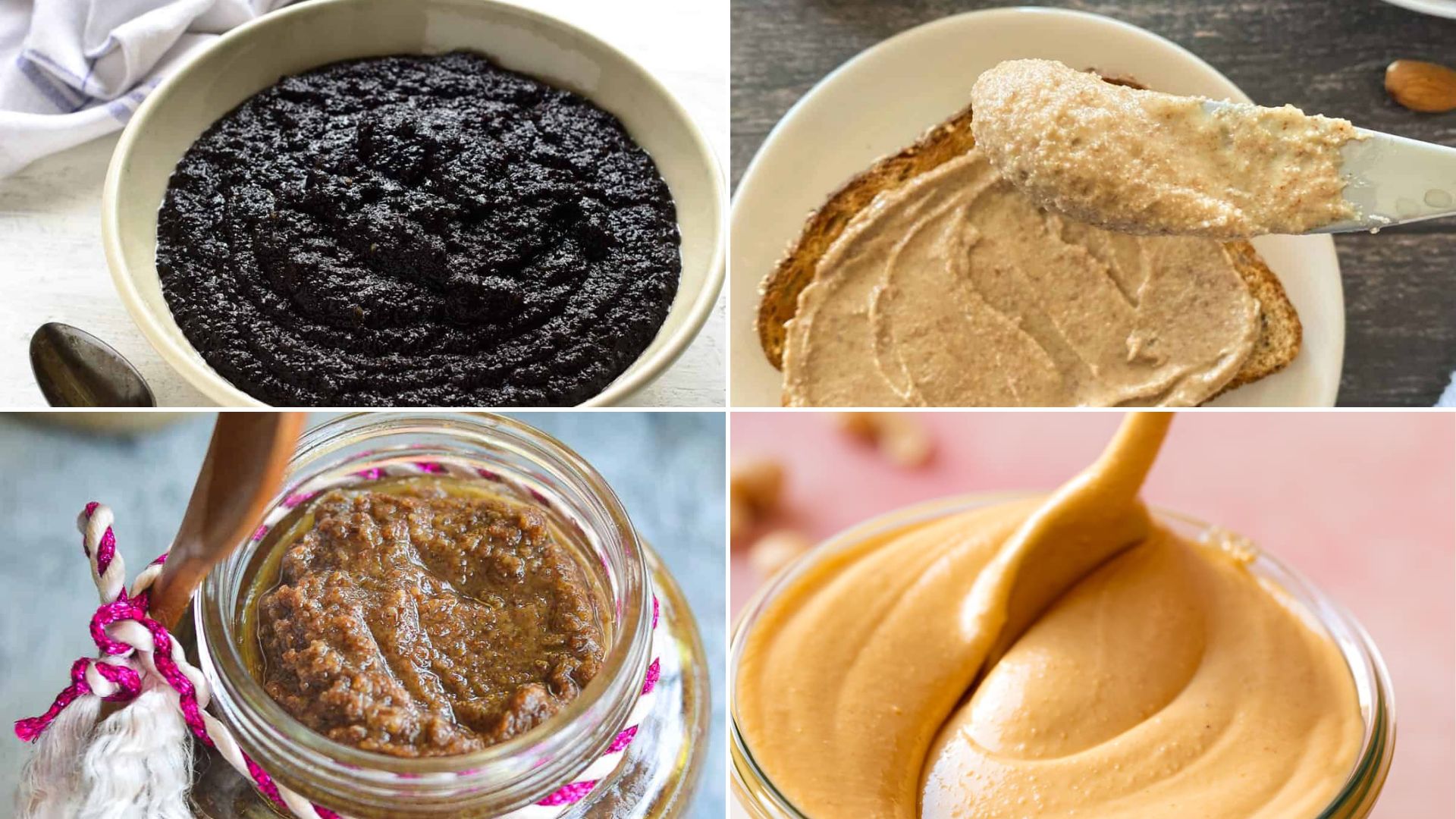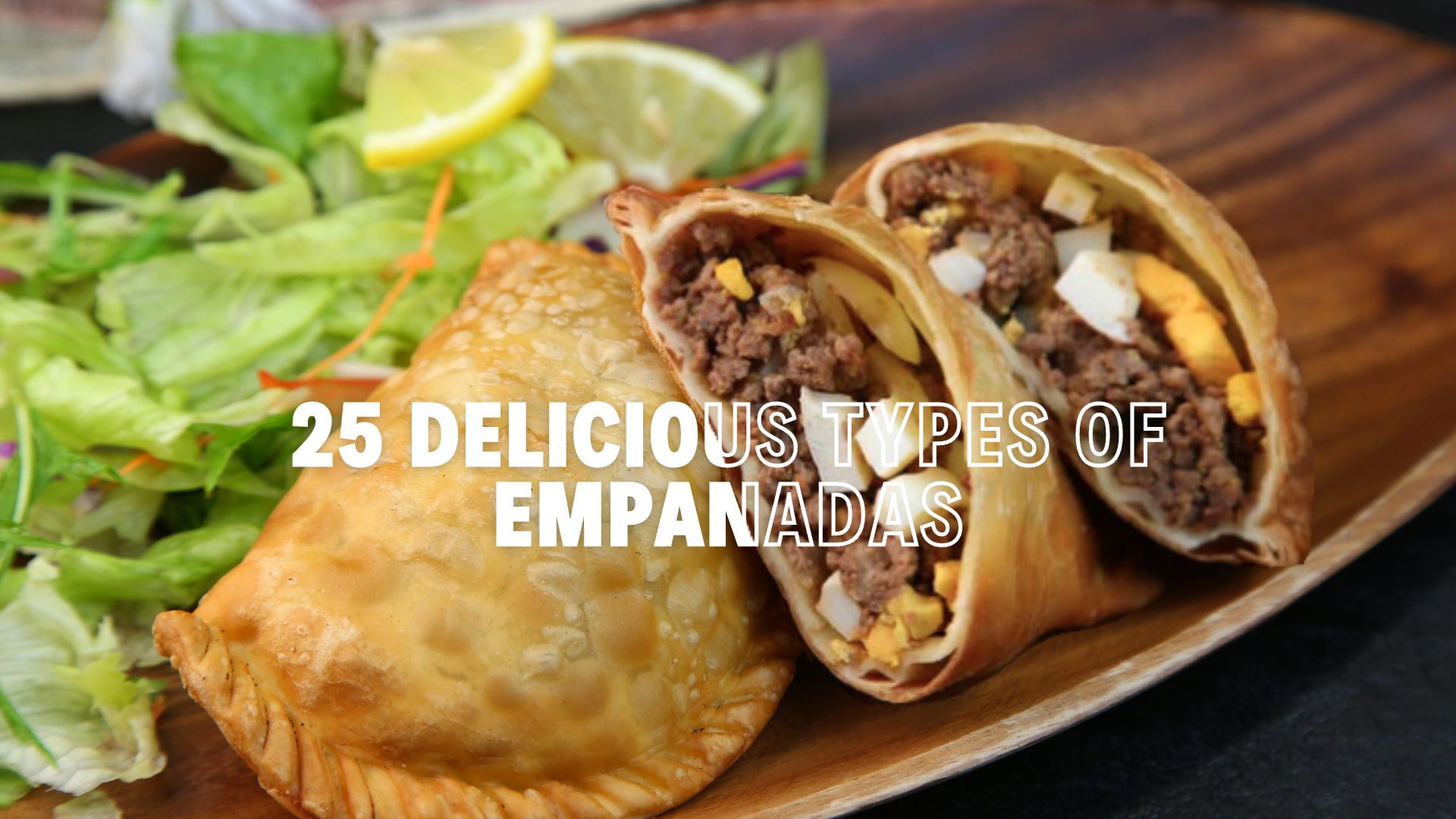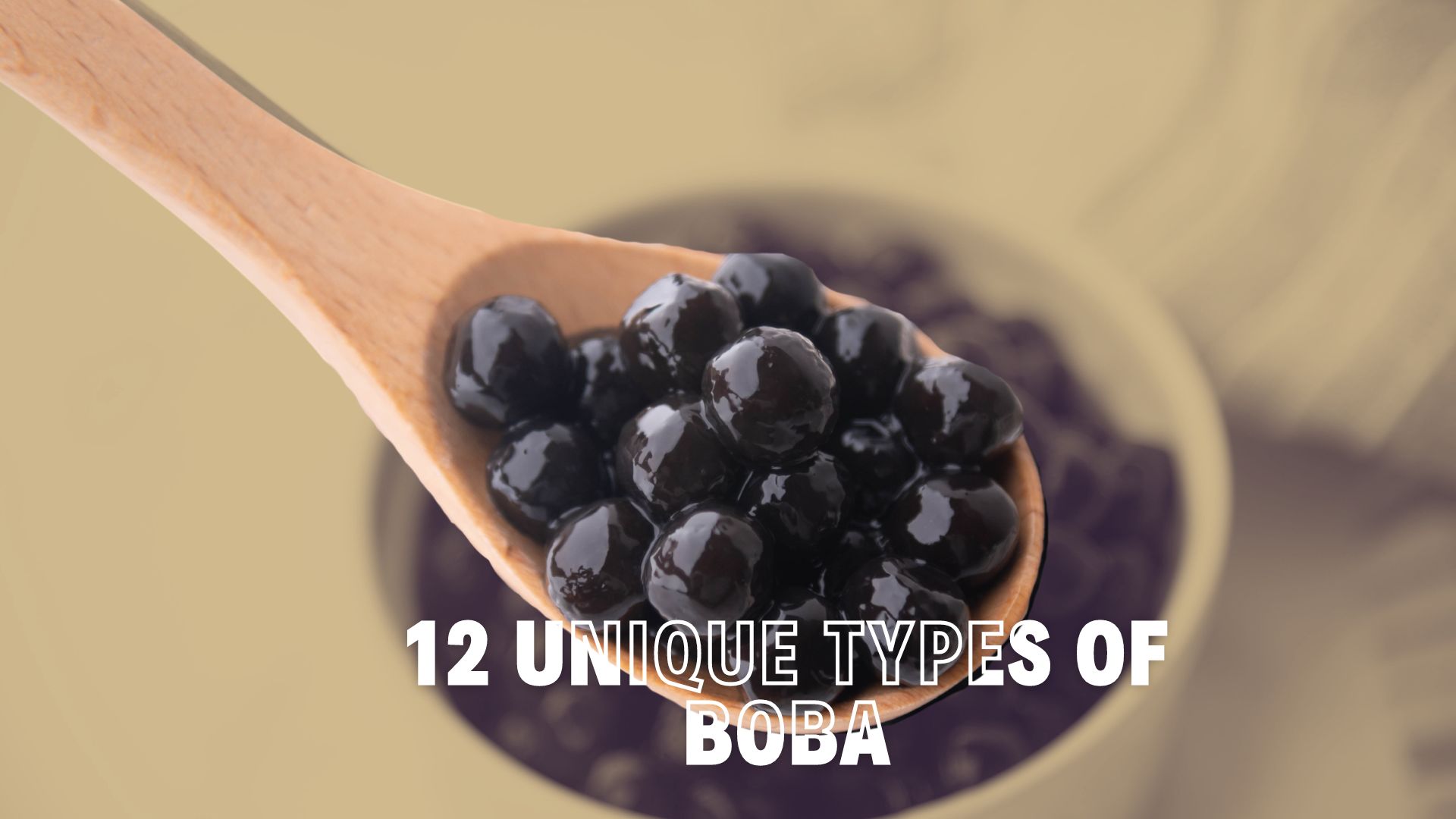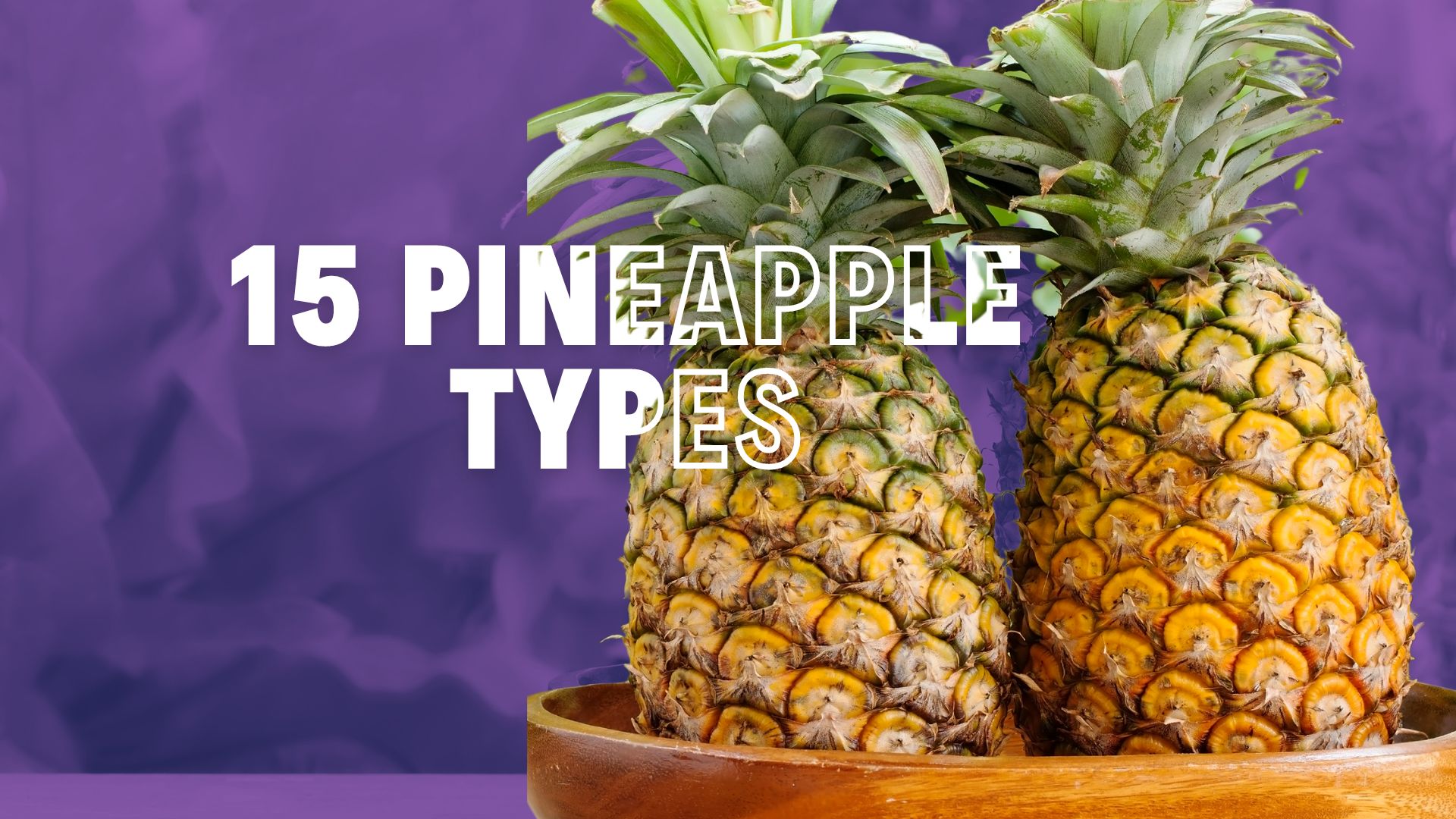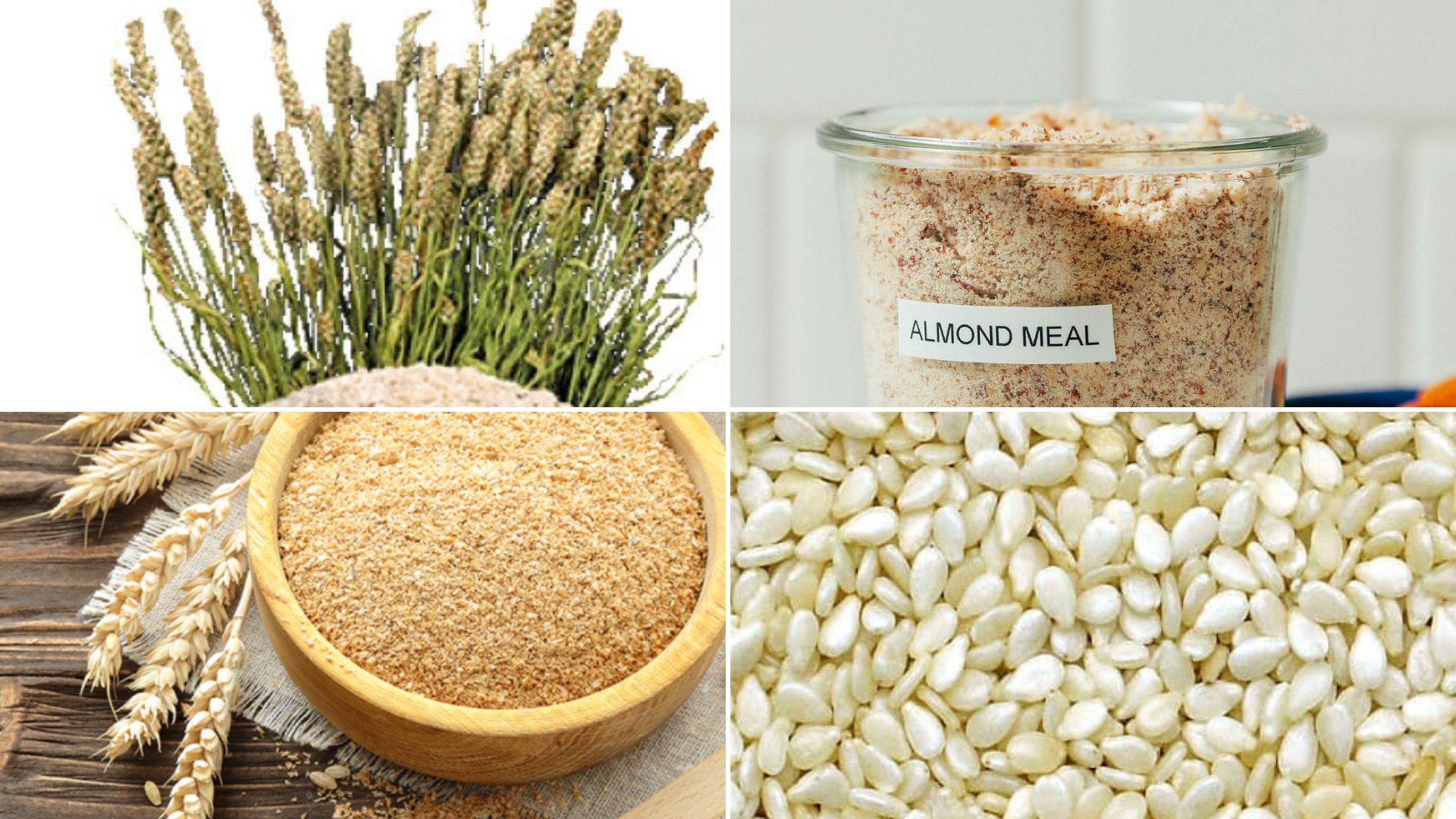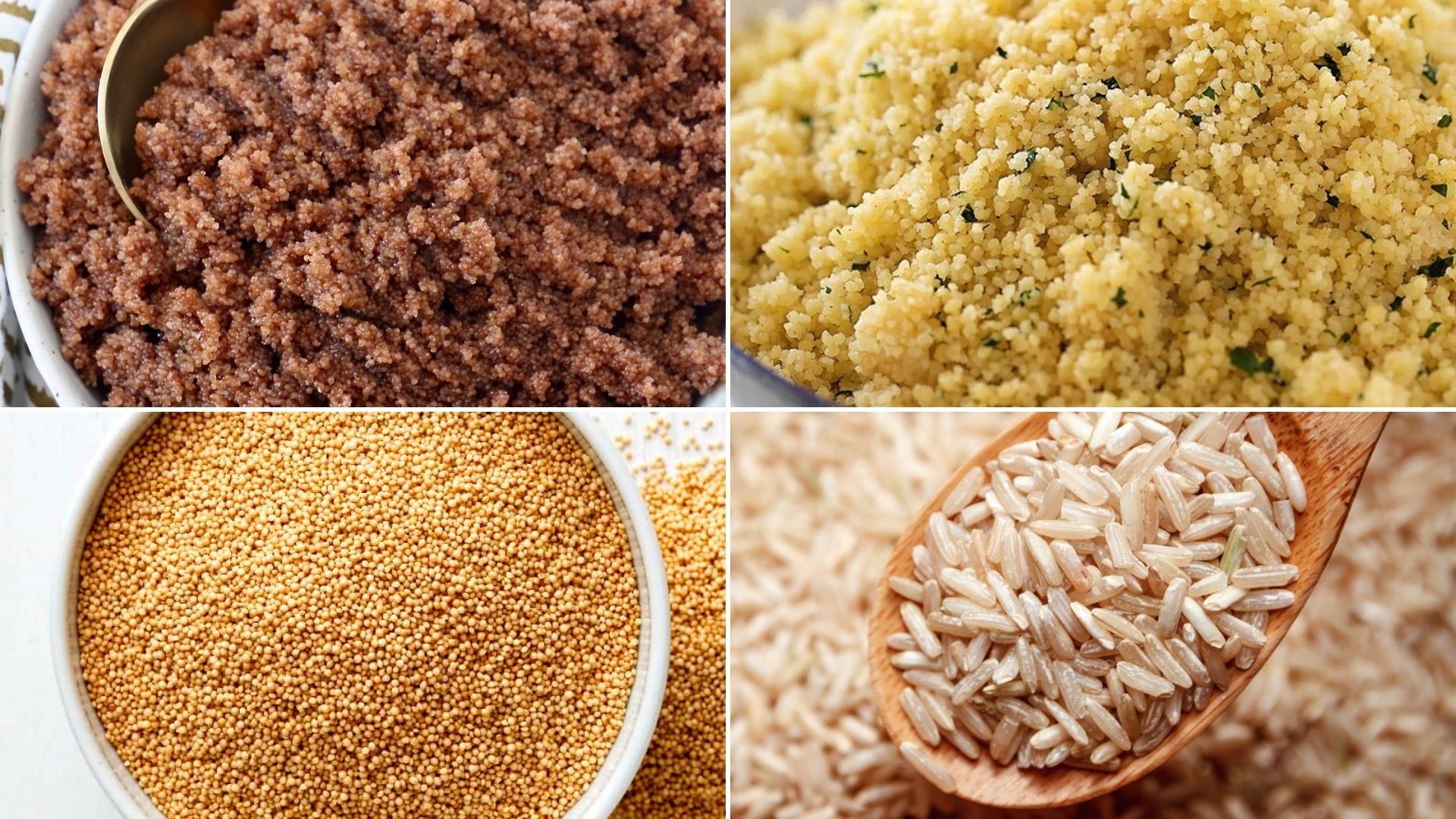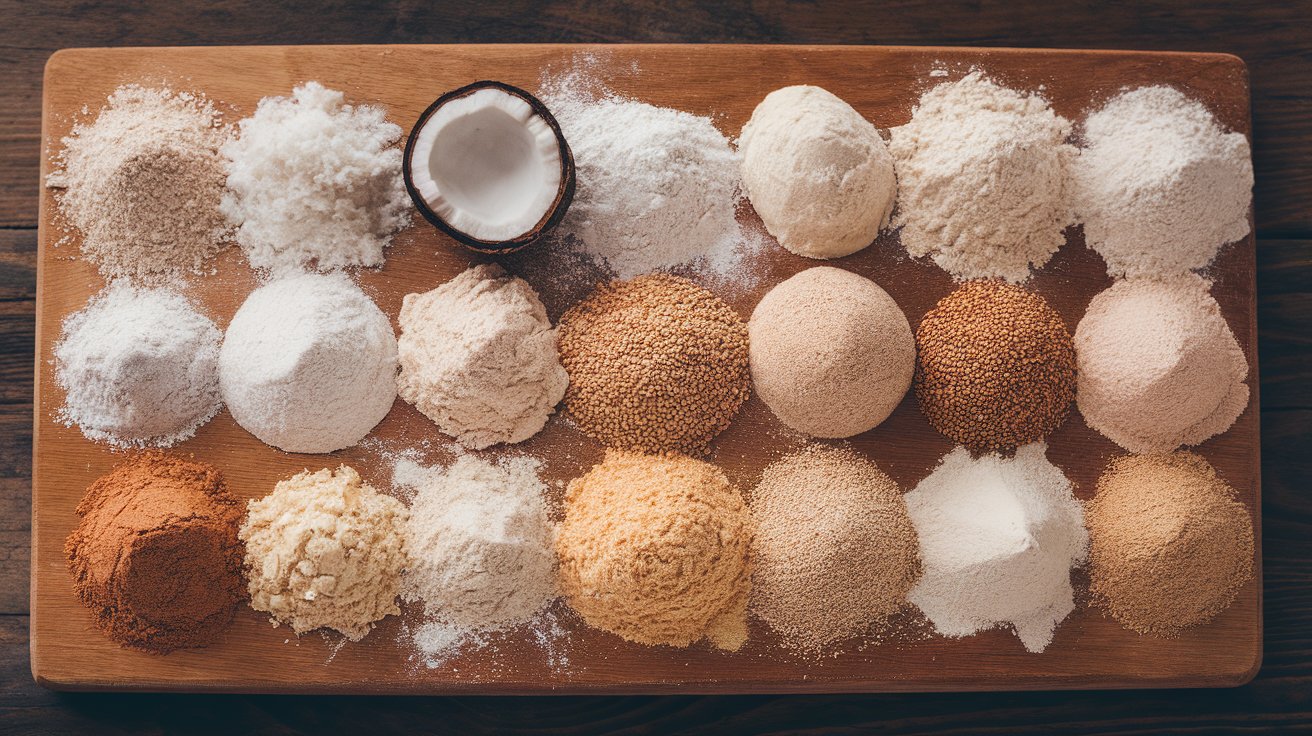
Sorghum flour is a versatile, gluten-free flour commonly used in baking and cooking.
It’s rich in nutrients and has a mild, slightly sweet flavor, making it a popular choice for gluten-free recipes.
However, if sorghum flour is unavailable, many other flours can serve as substitutes.
Whether you’re looking for gluten-free options or more traditional alternatives, this list provides 21 sorghum flour substitutes for various recipes.
List of Sorghum Flour Substitutes
1. Almond Flour
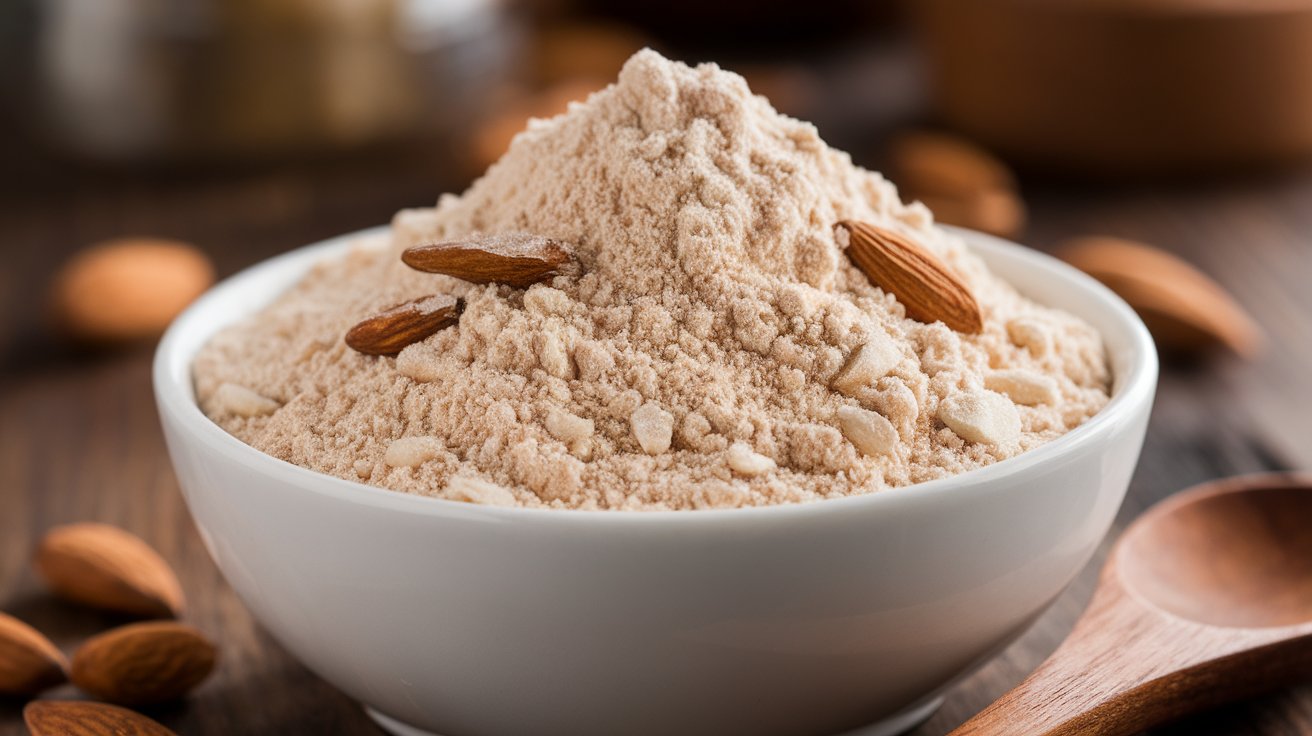
Almond flour is a gluten-free flour made from finely ground almonds.
It has a slightly nutty flavor and is often used in baking, especially in gluten-free recipes.
Almond flour adds moisture and richness to baked goods, making it a great substitute for sorghum flour in cakes, cookies, and muffins.
| Characteristic | Details |
|---|---|
| Use in Recipes | Baked goods, cakes, cookies, muffins |
| Flavor Profile | Nutty, rich |
| How to Use | Use almond flour in a 1:1 ratio to replace sorghum flour. |
2. Coconut Flour
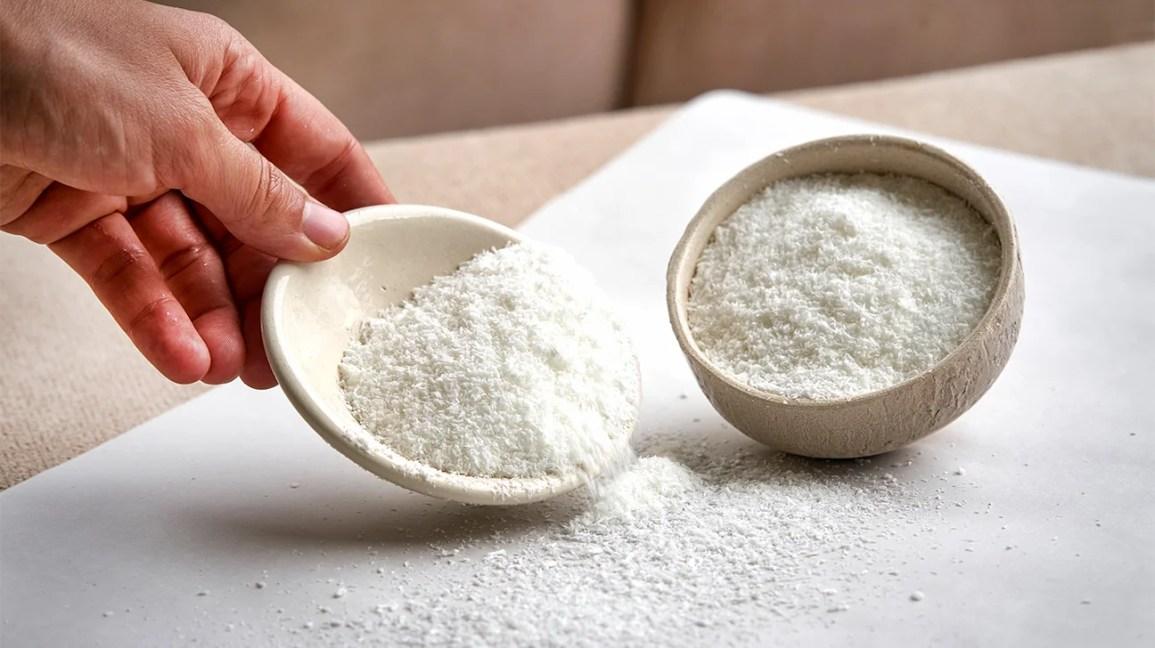
Coconut flour is another gluten-free option with a unique texture and flavor.
It absorbs much moisture, so it’s typically used in smaller quantities than other flours.
Coconut flour works well in baked goods like cakes and pancakes but requires additional liquid in the recipe to balance its absorbency.
| Characteristic | Details |
|---|---|
| Use in Recipes | Cakes, pancakes, cookies |
| Flavor Profile | Sweet, slightly coconutty |
| How to Use | Add extra liquid if necessary. Use 1/4 to 1/3 cup of coconut flour for every 1 cup of sorghum flour. |
3. Rice Flour
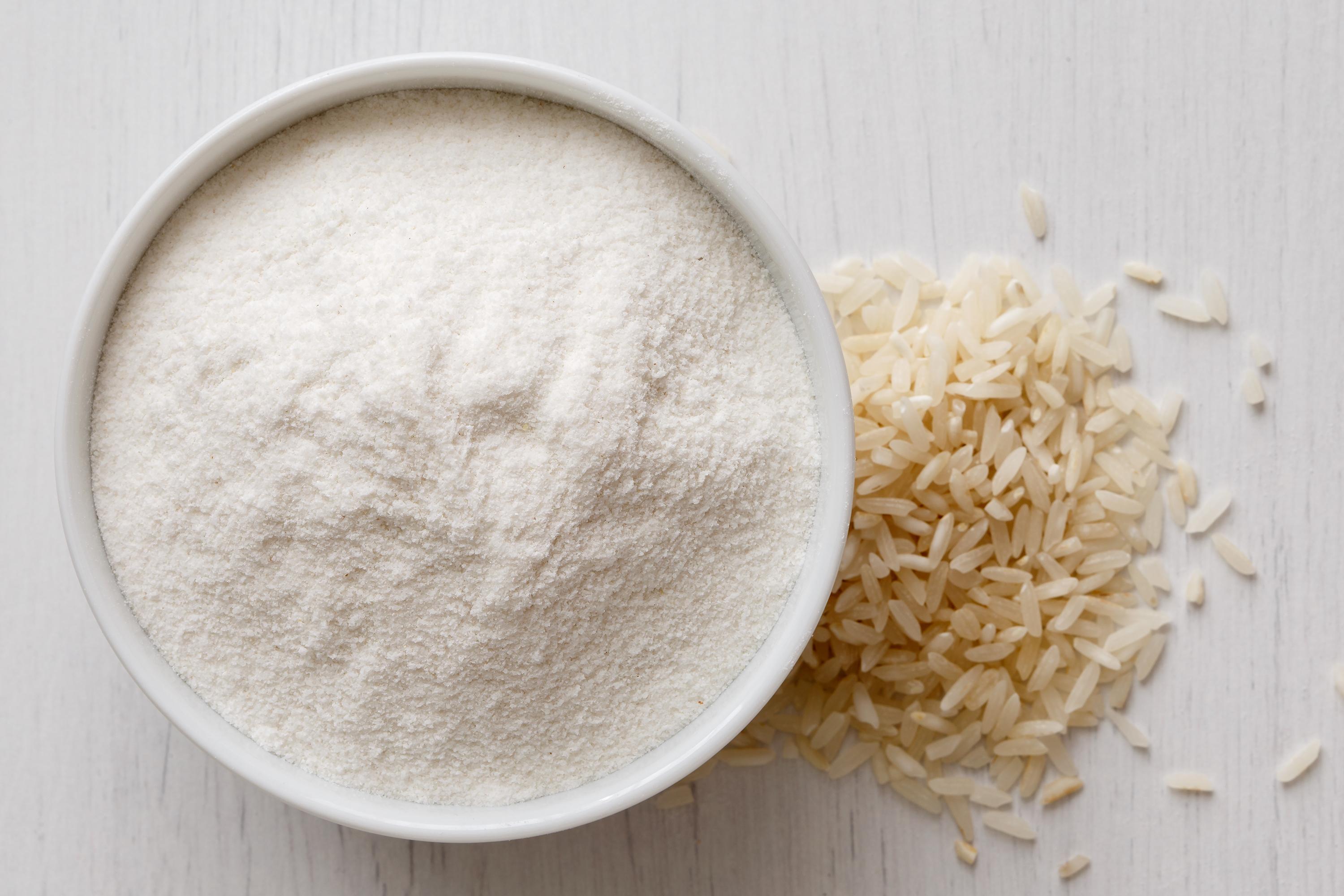
Rice flour is a versatile gluten-free flour made from finely milled rice.
It has a neutral flavor and can be used in various recipes, including baked goods and thickening sauces.
Rice flour is a great substitute for sorghum flour, especially in bread, muffins, and gluten-free recipes.
| Characteristic | Details |
|---|---|
| Use in Recipes | Breads, muffins, sauces |
| Flavor Profile | Mild, neutral |
| How to Use | Use rice flour in a 1:1 ratio to replace sorghum flour. |
4. Oat Flour
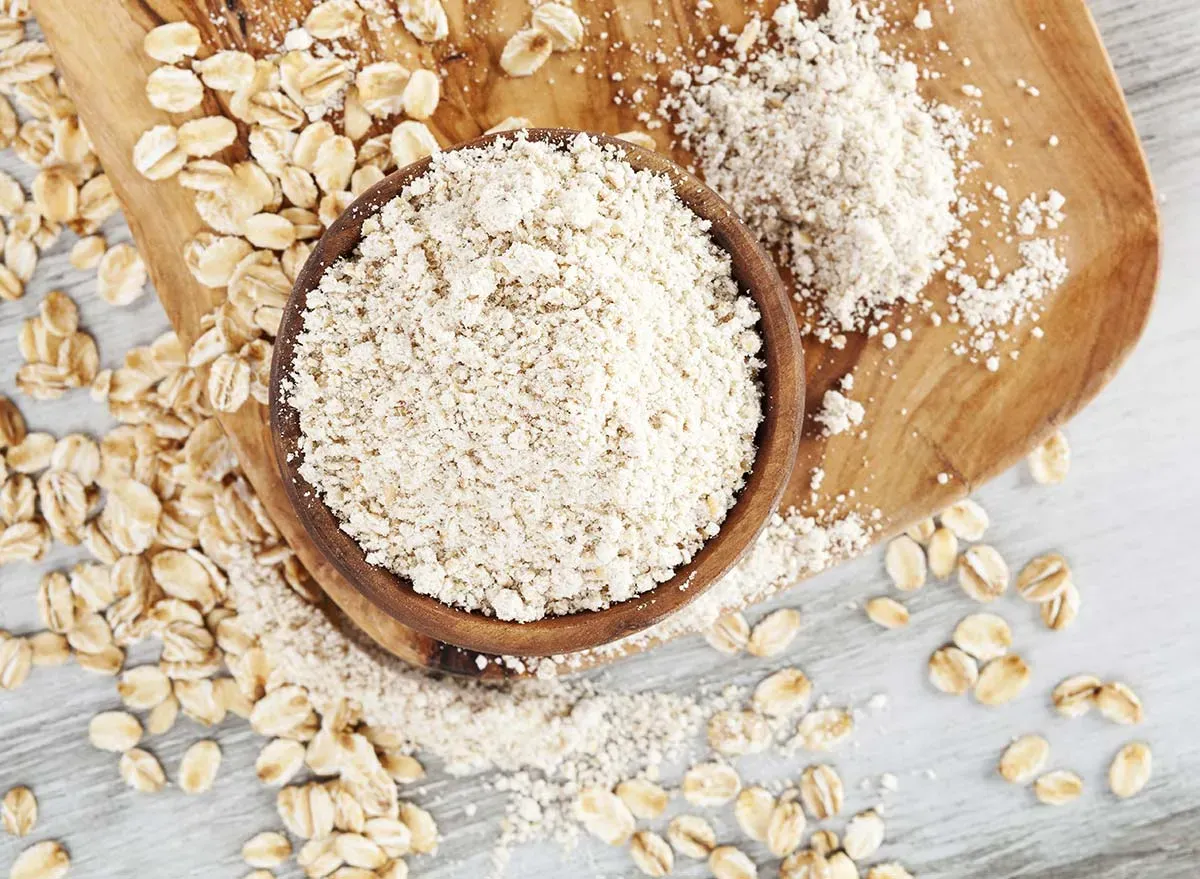
Oat flour, made from ground oats, is a nutritious and gluten-free option that adds a mild, slightly sweet flavor to baked goods.
It’s a great substitute for sorghum flour in muffins, pancakes, and cookies.
Oat flour also helps to create a soft, tender texture in gluten-free baking.
| Characteristic | Details |
|---|---|
| Use in Recipes | Muffins, pancakes, cookies |
| Flavor Profile | Mild, slightly sweet |
| How to Use | Use oat flour in a 1:1 ratio to replace sorghum flour. |
5. Buckwheat Flour
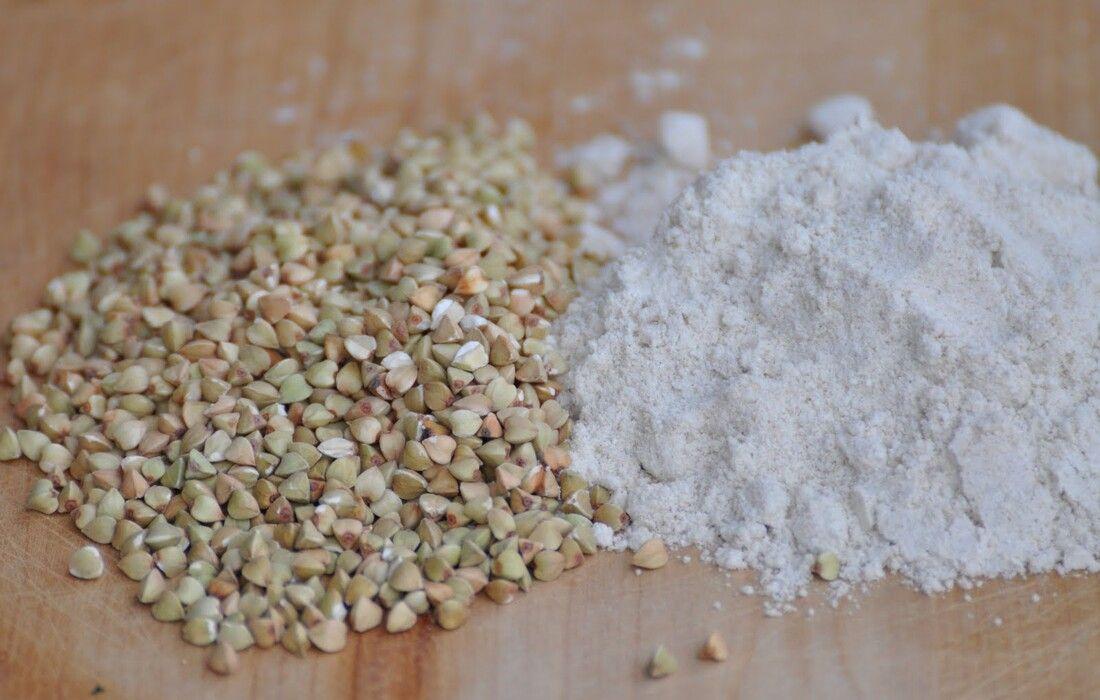
Buckwheat flour is a hearty, gluten-free flour with a strong, nutty flavor.
It works well in savory and sweet recipes, such as pancakes, crepes, and bread.
While its flavor is more robust than sorghum flour, it adds a unique depth to baked goods.
| Characteristic | Details |
|---|---|
| Use in Recipes | Pancakes, crepes, bread |
| Flavor Profile | Nutty, earthy |
| How to Use | Use buckwheat flour in a 1:1 ratio to replace sorghum flour. |
6. Quinoa Flour
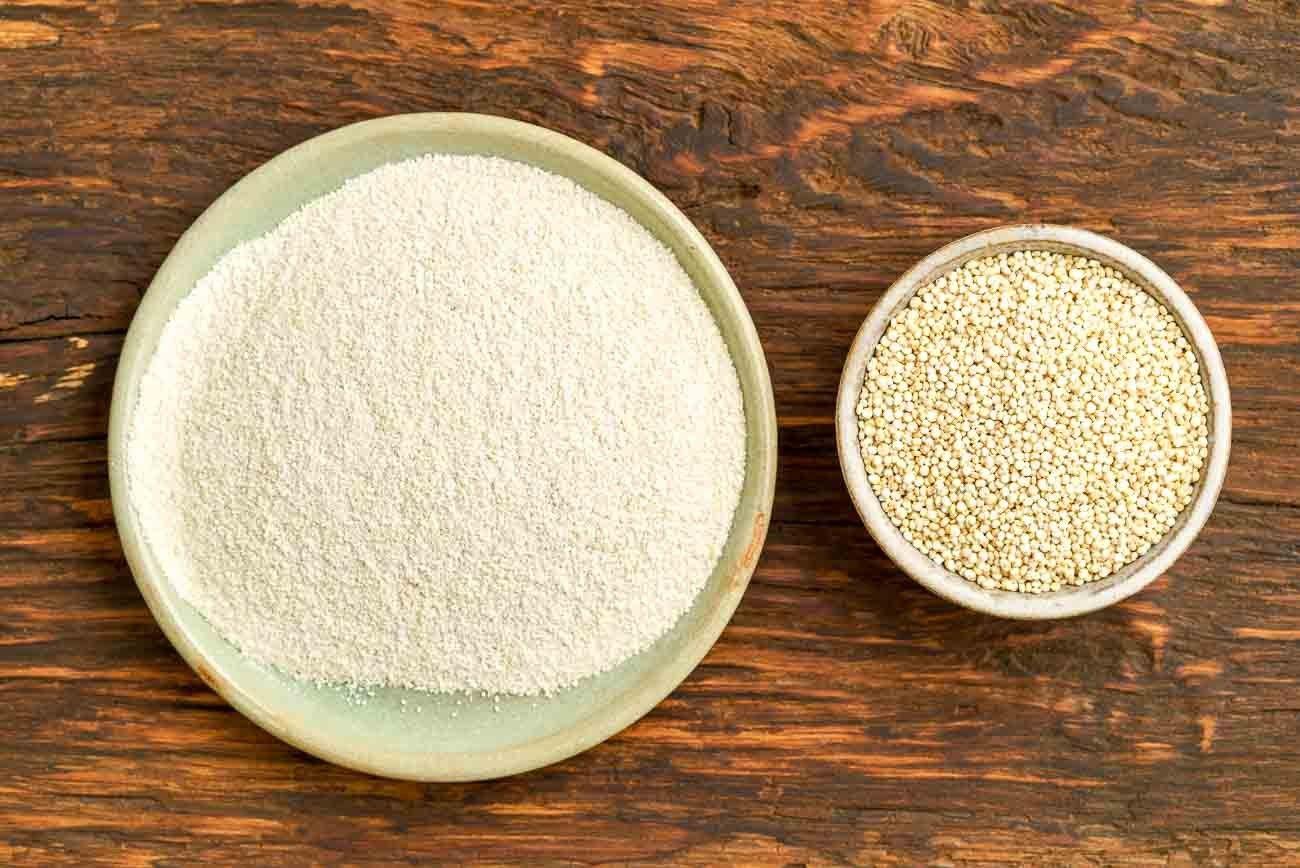
Quinoa flour is a gluten-free option made from ground quinoa seeds.
Its slightly nutty and earthy flavor makes it a suitable substitute for sorghum flour in both savory and sweet dishes.
Quinoa flour is high in protein and works well in baked goods like bread, muffins, and pancakes.
| Characteristic | Details |
|---|---|
| Use in Recipes | Breads, muffins, pancakes |
| Flavor Profile | Nutty, earthy |
| How to Use | Use quinoa flour in a 1:1 ratio to replace sorghum flour. |
7. Millet Flour
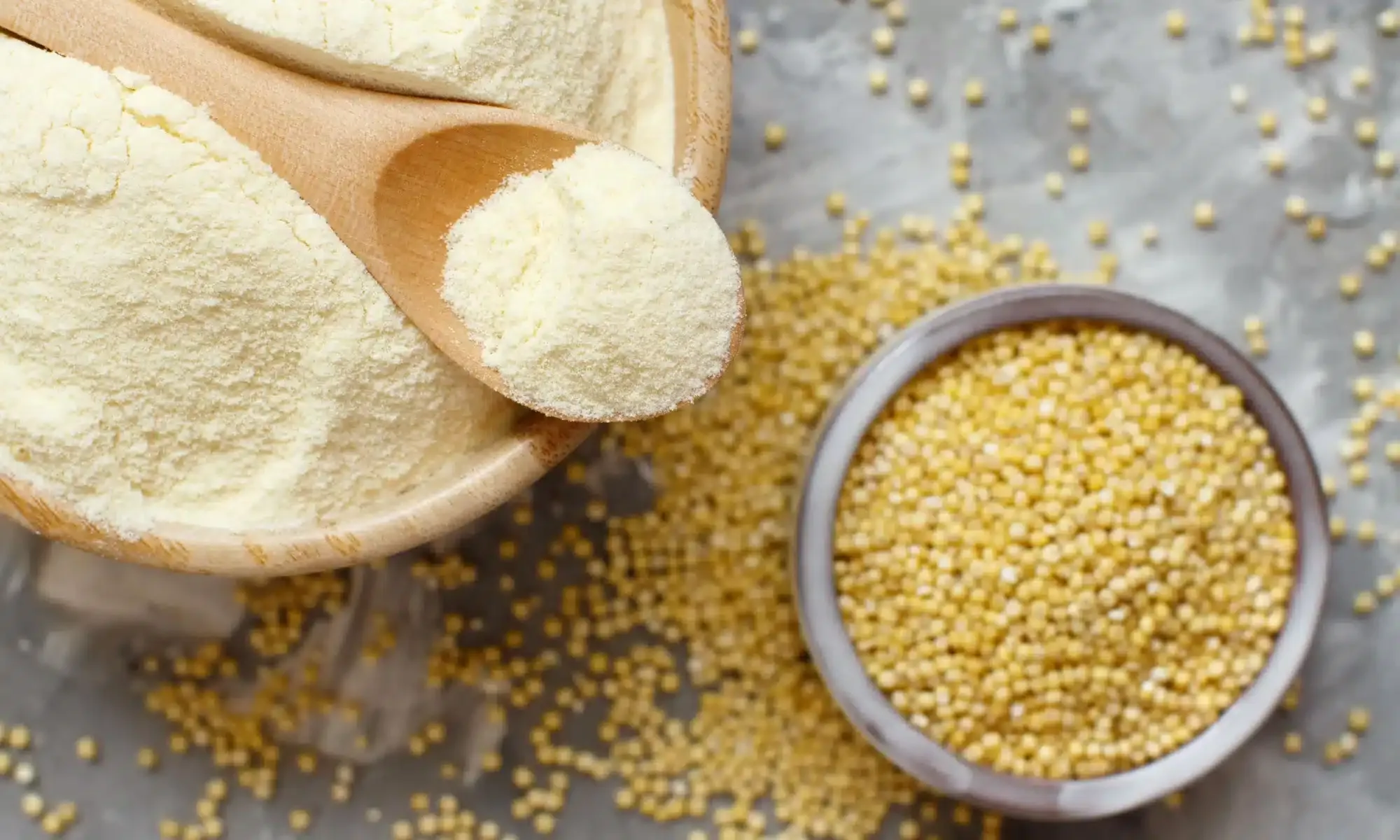
Millet flour is a mild-flavored, gluten-free flour often used in baking.
It has a light texture works well in cakes, muffins, and bread.
Millet flour’s neutral flavor makes it an excellent substitute for sorghum flour in various recipes, especially when mixed with other gluten-free flours.
| Characteristic | Details |
|---|---|
| Use in Recipes | Breads, muffins, cakes |
| Flavor Profile | Mild, slightly sweet |
| How to Use | Use millet flour in a 1:1 ratio to replace sorghum flour. |
8. Cornmeal
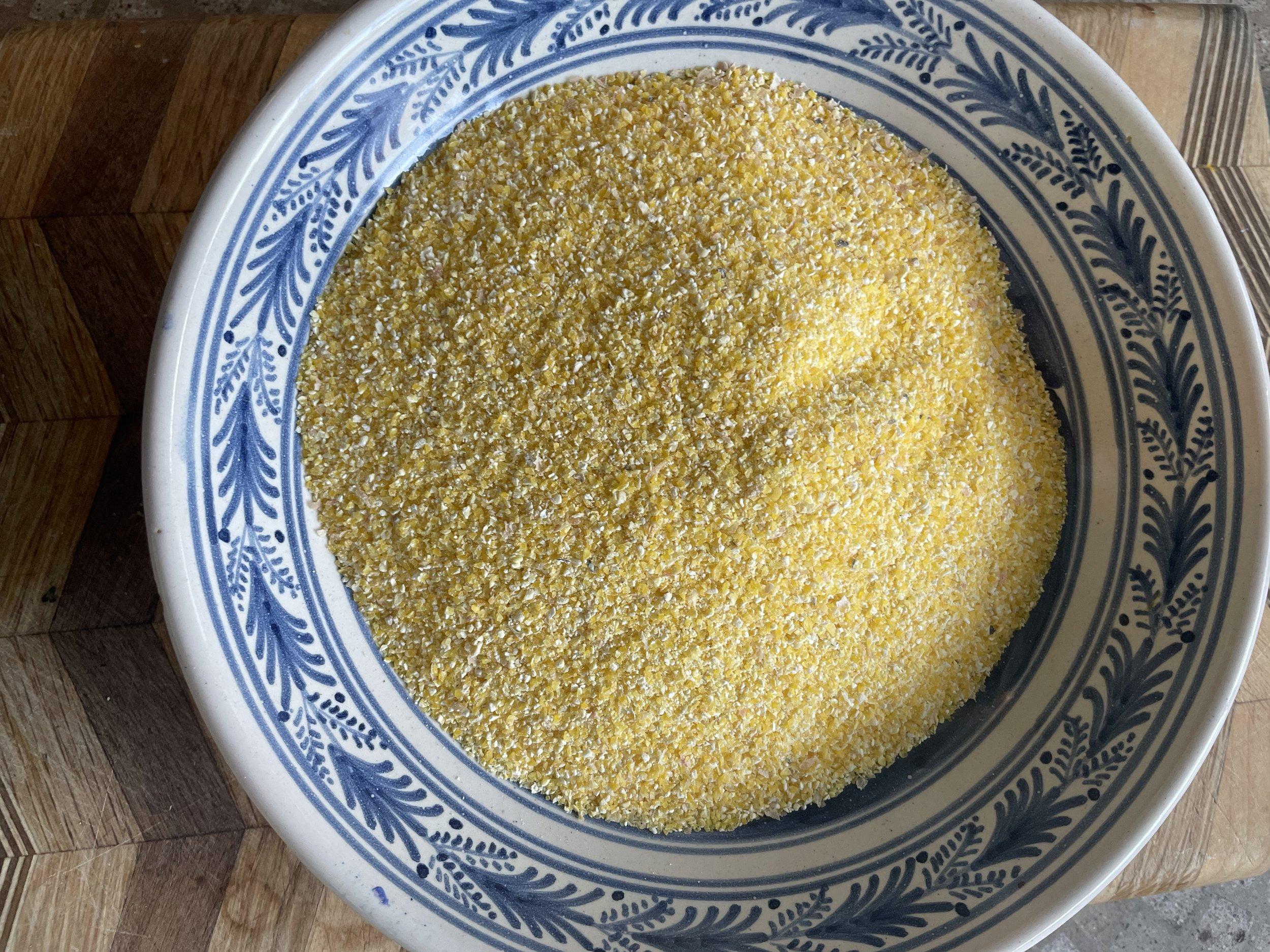
Cornmeal is made from ground corn and has a slightly gritty texture.
It’s commonly used in cornbread, muffins, and other baked goods.
While cornmeal has a coarser texture than sorghum flour, it can still be used as a substitute in recipes that benefit from its grainy consistency, such as pancakes and breads.
| Characteristic | Details |
|---|---|
| Use in Recipes | Cornbread, muffins, pancakes |
| Flavor Profile | Mild, slightly sweet, corn-like |
| How to Use | Use cornmeal in a 1:1 ratio for sorghum flour, adjusting for texture as needed. |
9. Teff Flour
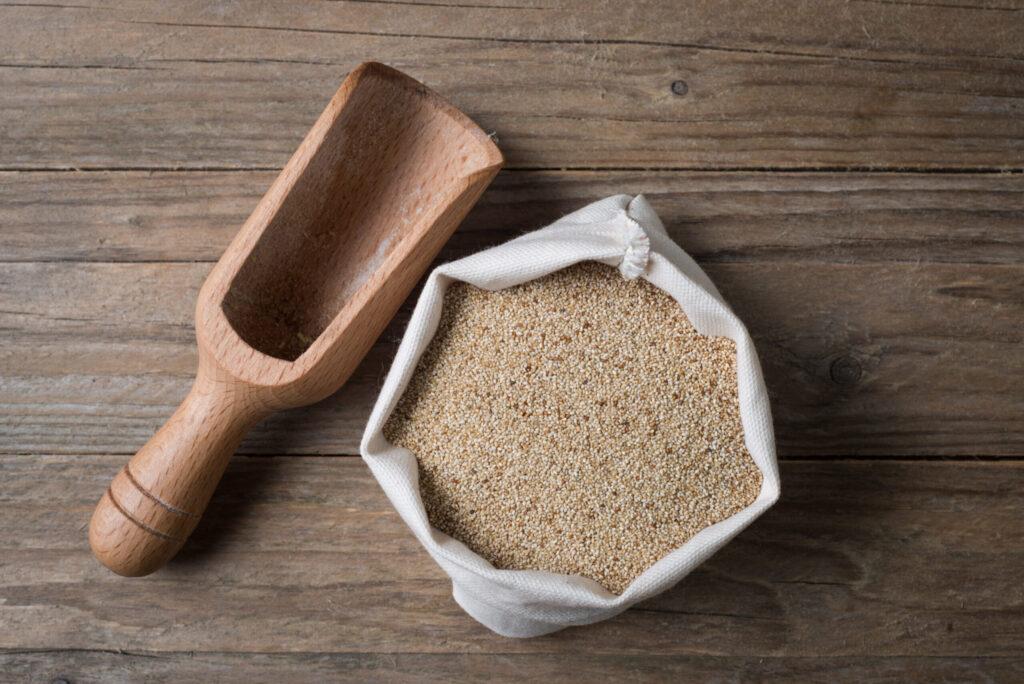
Teff flour, a gluten-free flour made from teff grains, has a rich, slightly nutty flavor.
It’s commonly used in Ethiopian cuisine, particularly for making traditional flatbread.
Teff flour works well in baked goods and pancakes, offering a unique depth of flavor that can replace sorghum flour.
| Characteristic | Details |
|---|---|
| Use in Recipes | Breads, pancakes, cookies |
| Flavor Profile | Nutty, earthy |
| How to Use | Use teff flour in a 1:1 ratio to replace sorghum flour. |
10. Amaranth Flour
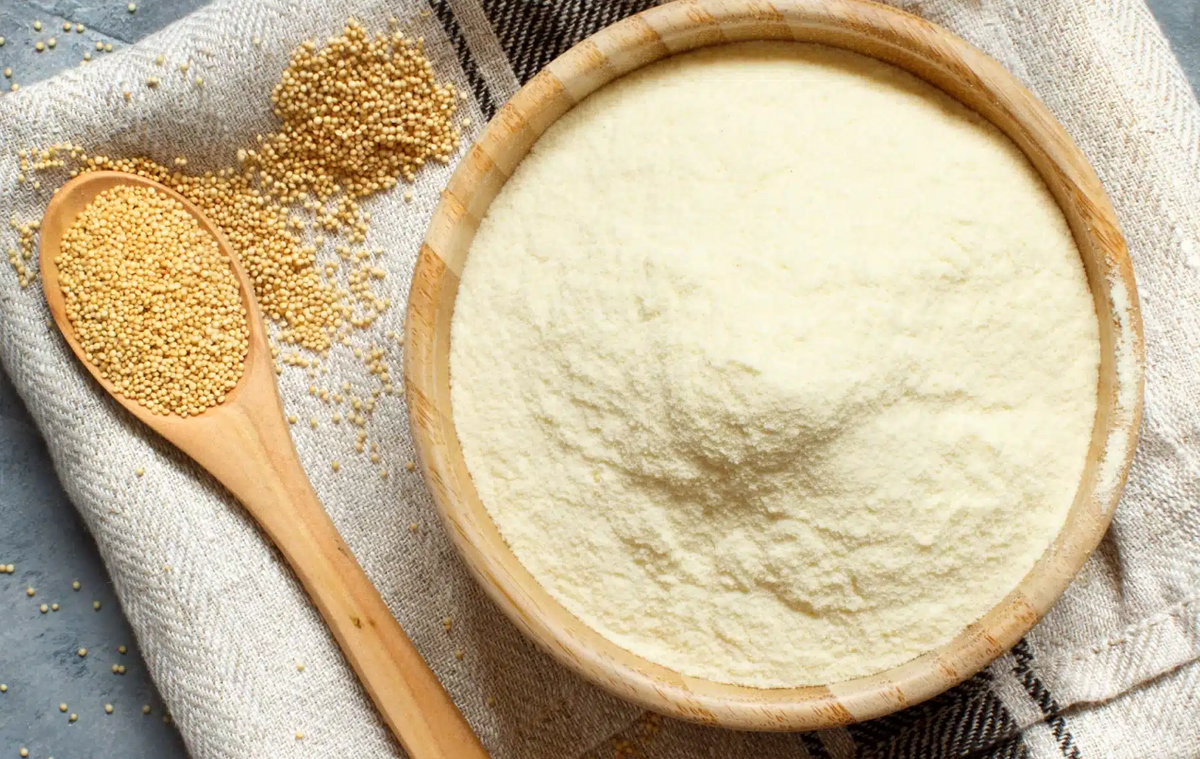
Amaranth flour is another gluten-free option with a slightly earthy and nutty taste.
It’s high in protein and works well in various baked goods, including breads and pancakes.
Its flavor is stronger than sorghum flour, so it’s best used with other flours to balance the taste.
| Characteristic | Details |
|---|---|
| Use in Recipes | Breads, pancakes, muffins |
| Flavor Profile | Nutty, slightly earthy |
| How to Use | Use amaranth flour in a 1:1 ratio, or blend with other flours to tone down the strong flavor. |
11. Chickpea Flour
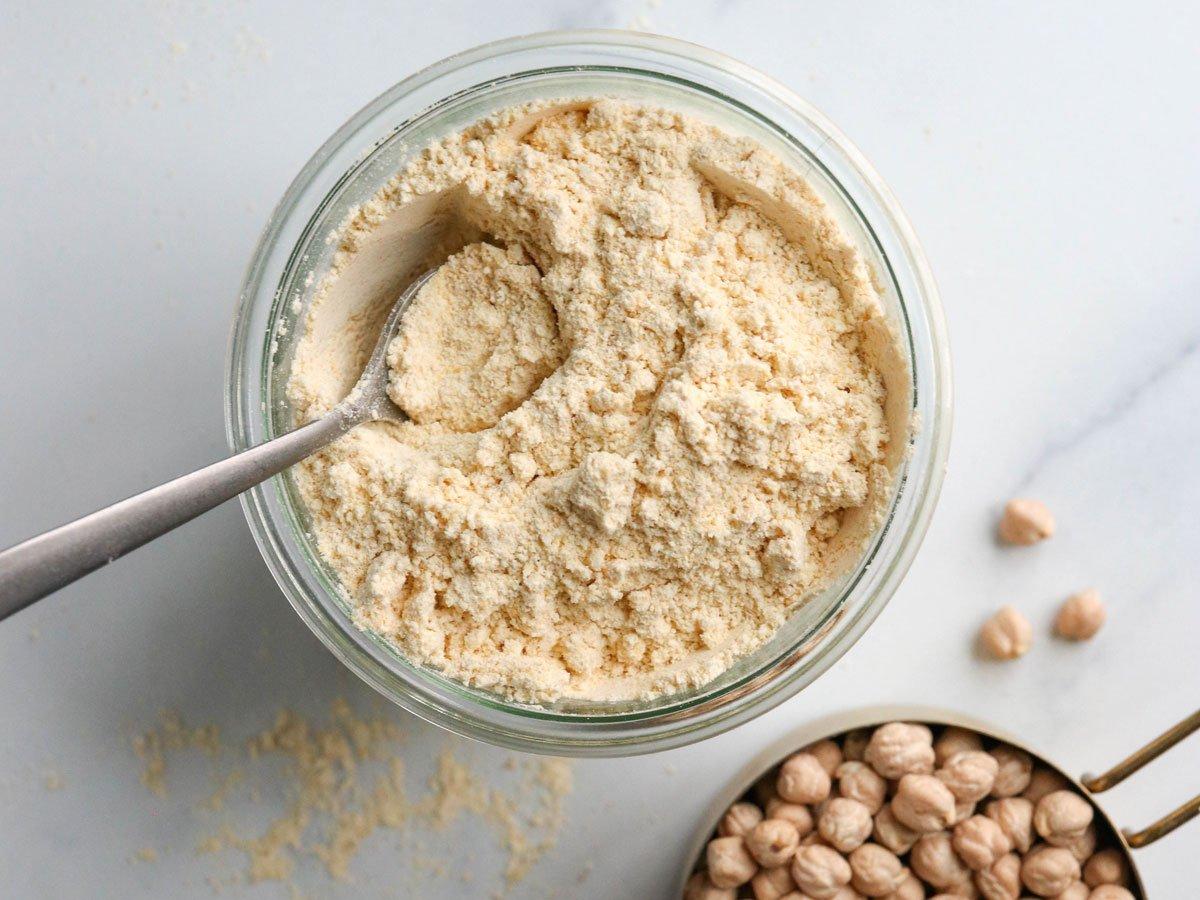
Ground chickpea flour is a protein-rich, gluten-free alternative to sorghum flour.
It has a slightly nutty and earthy flavor and works well in savory dishes like flatbreads, crackers, and pancakes.
Chickpea flour adds a dense, hearty texture to baked goods.
| Characteristic | Details |
|---|---|
| Use in Recipes | Flatbreads, pancakes, crackers |
| Flavor Profile | Nutty, earthy |
| How to Use | Use chickpea flour in a 1:1 ratio to replace sorghum flour. |
12. Tapioca Flour
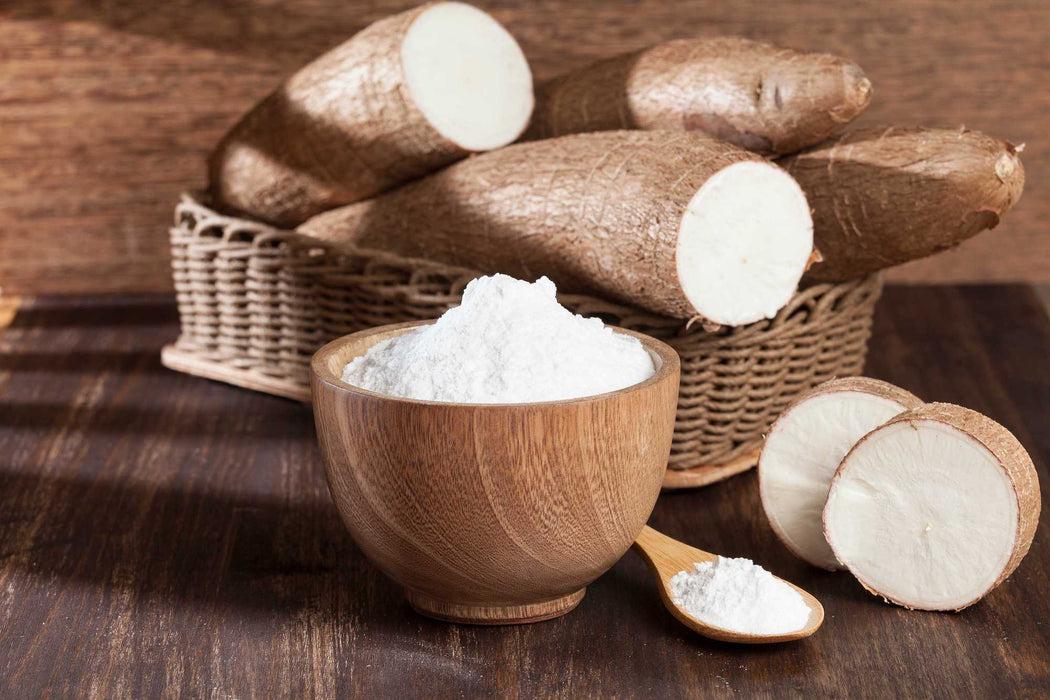
Tapioca flour, or tapioca starch, is a gluten-free flour derived from the cassava root.
It’s commonly used as a thickening agent and works well in combination with other flours in baking.
Tapioca flour has a neutral flavor and adds structure and chewiness to gluten-free bread and pastries.
| Characteristic | Details |
|---|---|
| Use in Recipes | Breads, pastries, sauces (as thickener) |
| Flavor Profile | Neutral |
| How to Use | Use tapioca flour in a 1:1 ratio, or combine with other flours for better structure. |
13. Arrowroot Flour
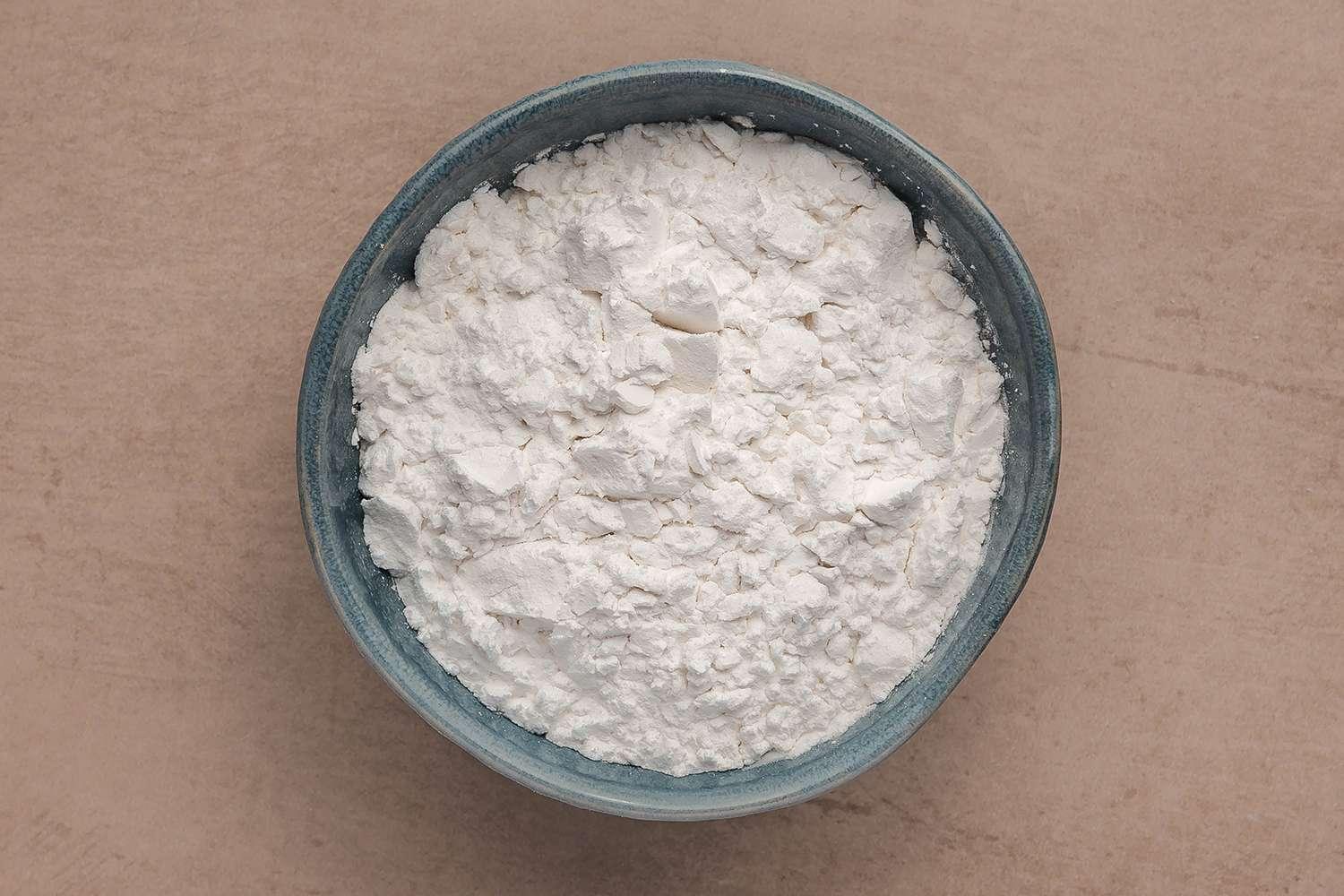
Arrowroot flour is another gluten-free flour that can replace sorghum flour in baked goods.
It’s light and neutral in flavor, making it suitable for thickening sauces and improving the texture of gluten-free baking. Arrowroot flour is often used alongside other flours to add lightness to bread and cakes.
| Characteristic | Details |
|---|---|
| Use in Recipes | Bread, cakes, sauces (as thickener) |
| Flavor Profile | Neutral |
| How to Use | Use arrowroot flour in a 1:1 ratio or blend with other gluten-free flour. |
14. Potato Flour
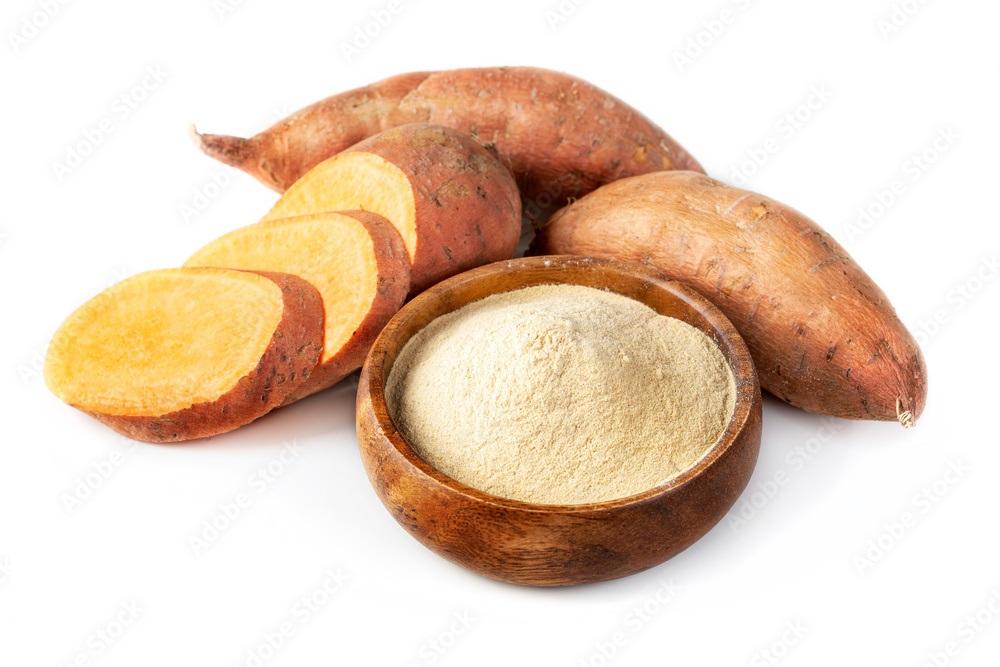
Potato flour, made from whole peeled potatoes, is a gluten-free flour that adds moisture and density to baked goods.
It has a slightly earthy flavor and works well in bread, muffins, and pancakes.
Potato flour is especially good for adding softness to gluten-free recipes.
| Characteristic | Details |
|---|---|
| Use in Recipes | Breads, muffins, pancakes |
| Flavor Profile | Earthy, mild |
| How to Use | Use potato flour in a 1:1 ratio, but use sparingly to avoid making the recipe too dense. |
15. Cassava Flour
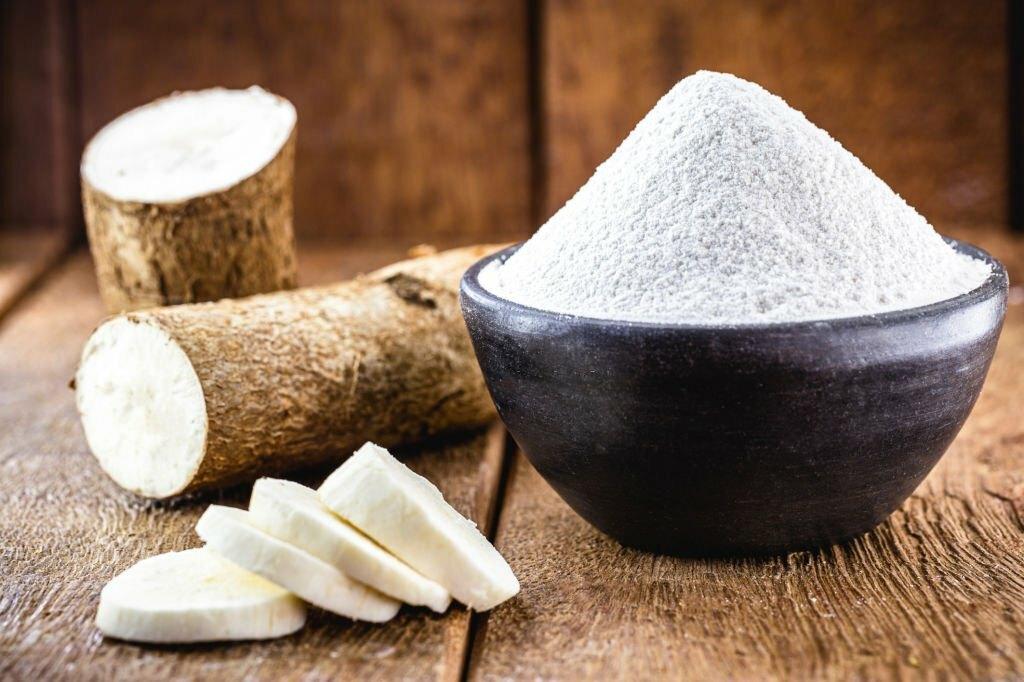
Cassava flour is made from the whole cassava root and is gluten-free.
It has a neutral flavor and fine texture and works well as a sorghum flour substitute in a variety of baked goods and flatbreads.
Cassava flour provides elasticity and moisture, making it suitable for gluten-free bread recipes.
| Characteristic | Details |
|---|---|
| Use in Recipes | Flatbreads, bread, cookies |
| Flavor Profile | Neutral |
| How to Use | Use cassava flour in a 1:1 ratio as a substitute for sorghum flour. |
16. Barley Flour
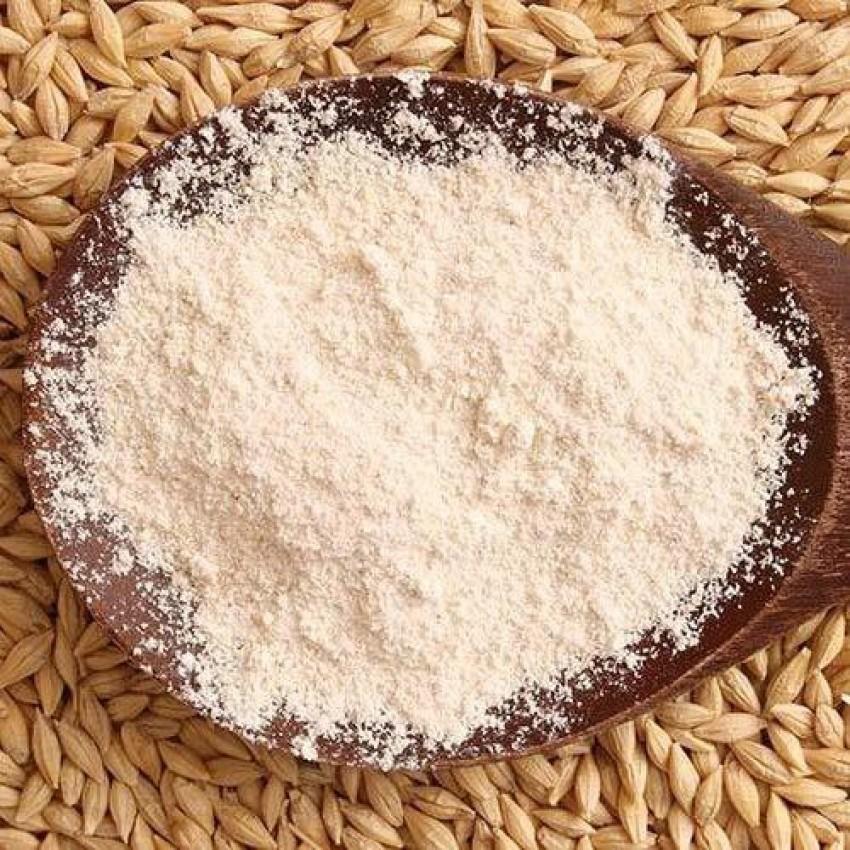
While not gluten-free, barley flour is a great substitute for sorghum flour in recipes that don’t require gluten-free ingredients.
It has a slightly nutty flavor and works well in bread, cookies, and muffins.
Barley flour adds softness to baked goods, making it a good choice for tender pastries.
| Characteristic | Details |
|---|---|
| Use in Recipes | Breads, cookies, muffins |
| Flavor Profile | Mild, slightly nutty |
| How to Use | Use barley flour in a 1:1 ratio to replace sorghum flour. |
17. Wheat Flour
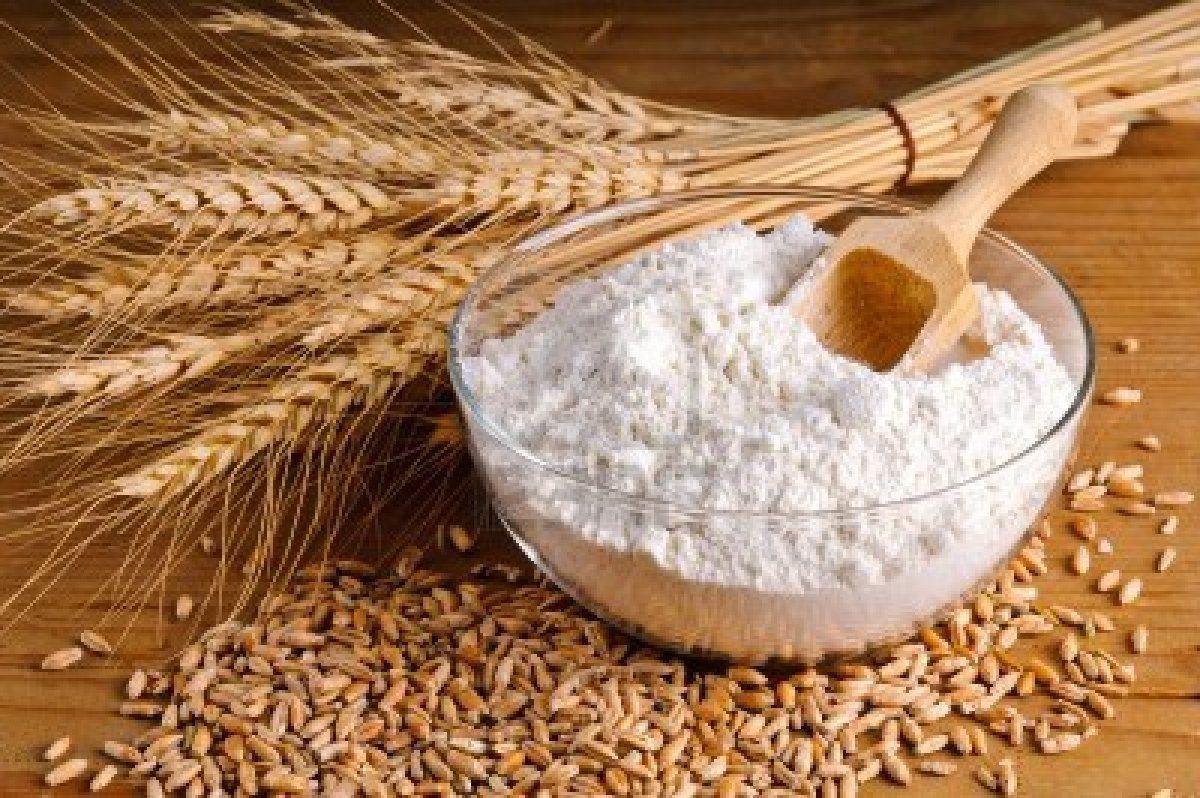
Wheat flour is a standard, non-gluten-free alternative to sorghum flour.
It’s versatile and widely used in baking, cooking, and thickening.
Wheat flour works in nearly any recipe that calls for flour, from bread to cakes.
Remember that wheat flour contains gluten, so it’s not suitable for gluten-free diets.
| Characteristic | Details |
|---|---|
| Use in Recipes | Breads, cakes, muffins, cookies |
| Flavor Profile | Neutral |
| How to Use | Use wheat flour in a 1:1 ratio for sorghum flour, but adjust liquid if needed. |
18. Spelt Flour
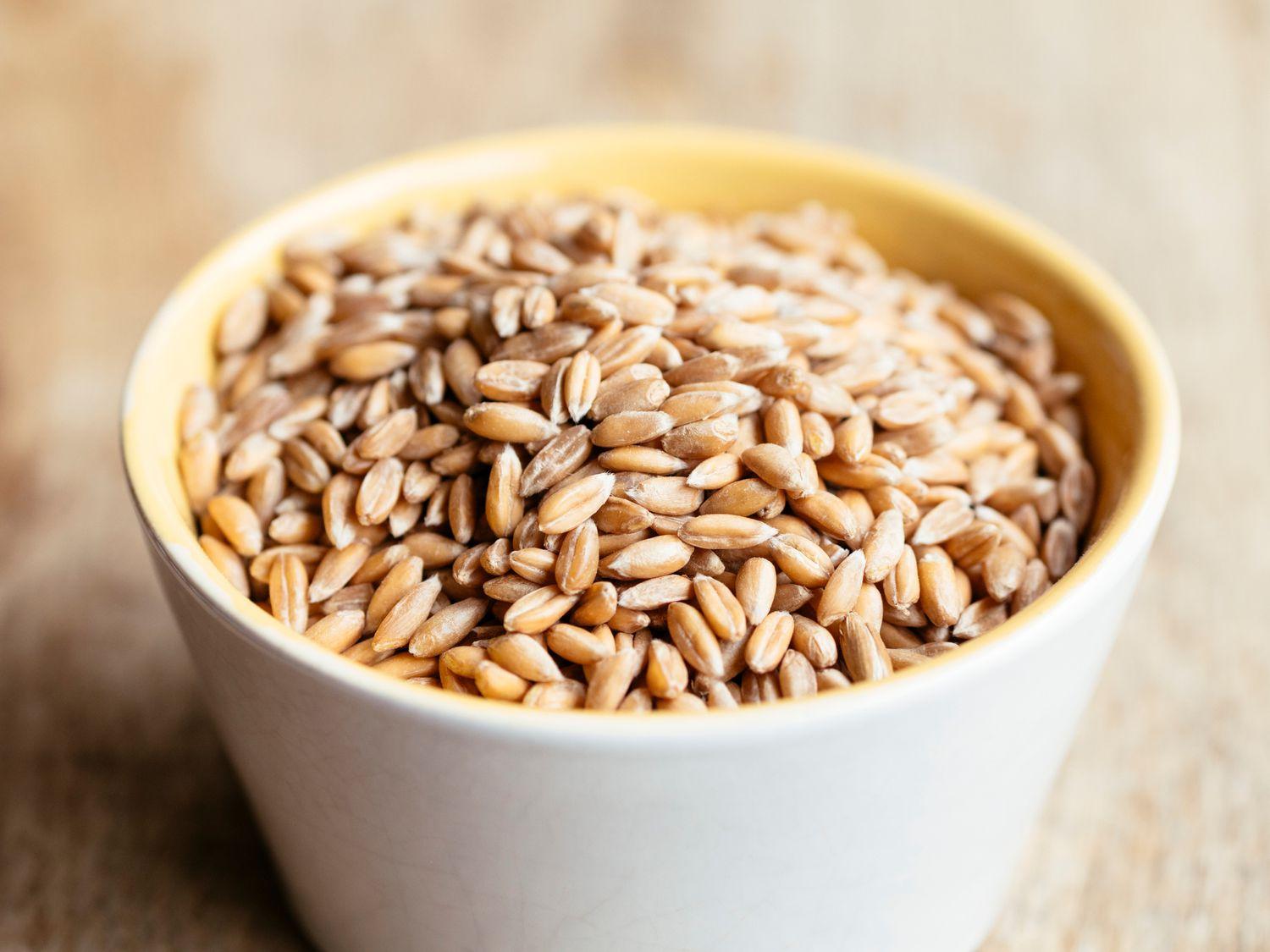
Spelt flour, a type of ancient wheat, is not gluten-free but offers a nutty flavor and light texture.
It’s a great substitute for sorghum flour in recipes that don’t require gluten-free ingredients.
Spelt flour works well in bread, cakes, and muffins, adding softness and flavor to baked goods.
| Characteristic | Details |
|---|---|
| Use in Recipes | Breads, cakes, muffins |
| Flavor Profile | Nutty, mildly sweet |
| How to Use | Use spelt flour in a 1:1 ratio to replace sorghum flour. |
19. Brown Rice Flour
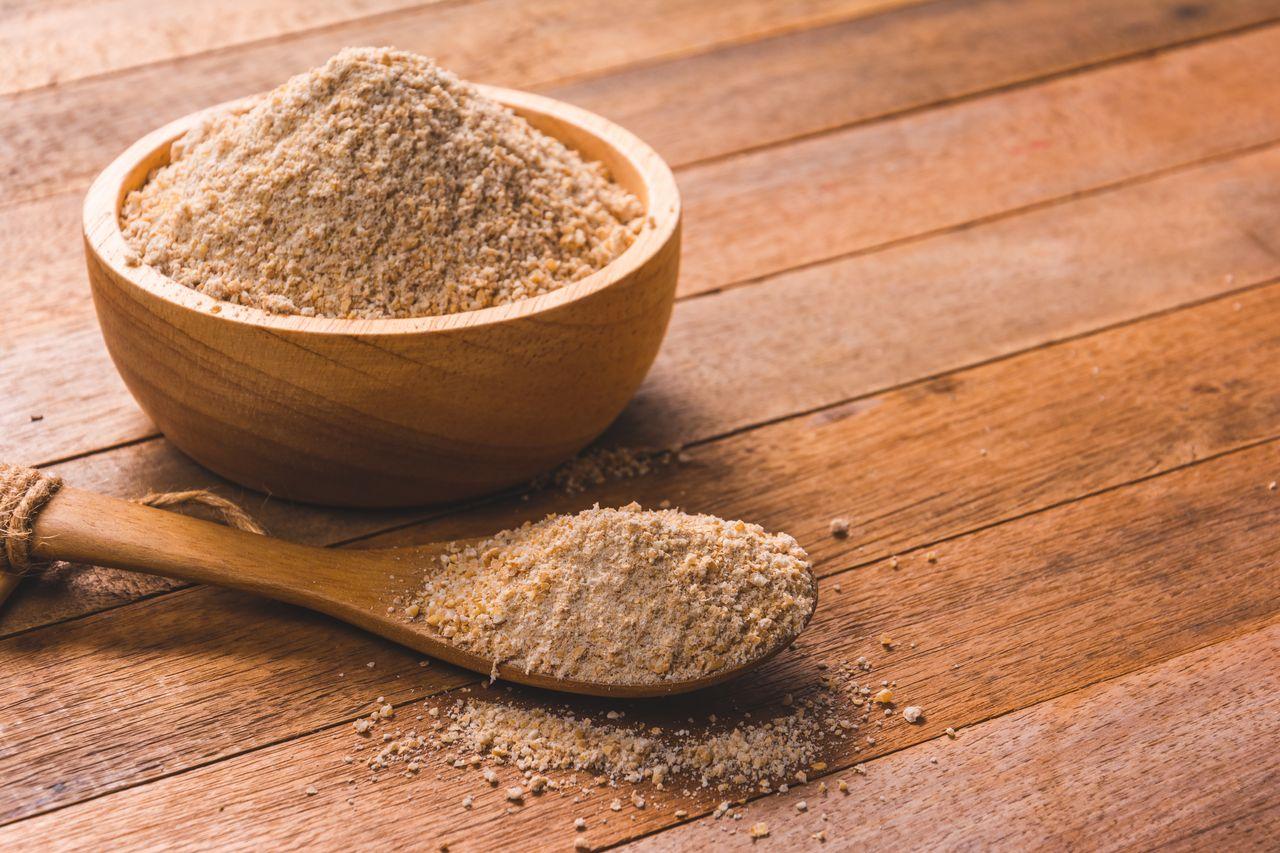
Brown rice flour is a gluten-free option with a slightly nutty flavor and fine texture.
It’s versatile and works well in baked goods, including cakes, cookies, and pancakes.
Brown rice flour adds a tender, delicate texture to gluten-free baking, making it a great alternative to sorghum flour.
| Characteristic | Details |
|---|---|
| Use in Recipes | Cakes, cookies, pancakes |
| Flavor Profile | Mild, slightly nutty |
| How to Use | Use brown rice flour in a 1:1 ratio to replace sorghum flour. |
20. Flaxseed Meal
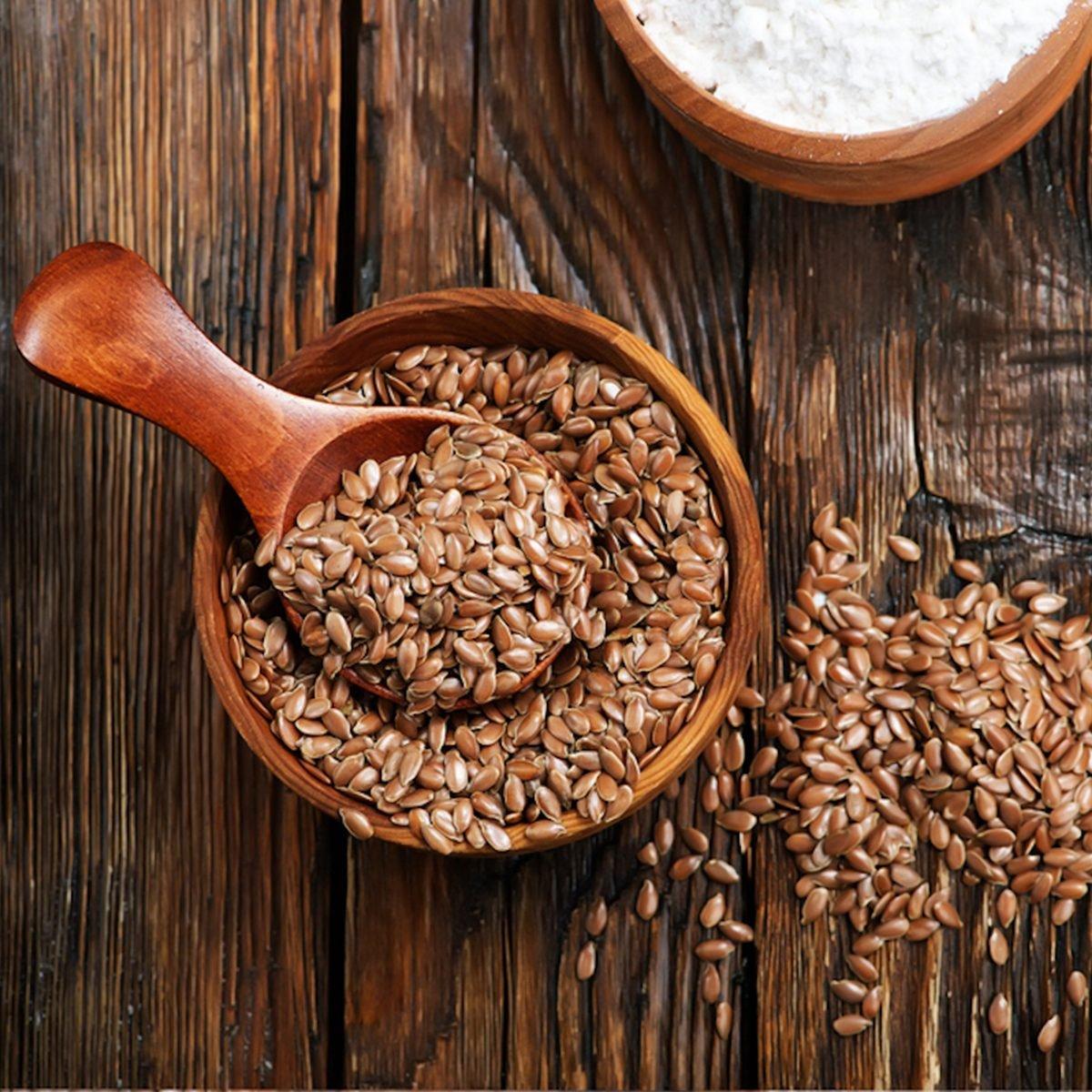
Flaxseed meal is a nutritious, gluten-free substitute for sorghum flour.
While not typically used as the sole flour in recipes, it can be combined with other flour to add moisture and a nutty flavor.
Flaxseed meal is also an excellent binder in vegan recipes, helping to replace eggs in baking.
| Characteristic | Details |
|---|---|
| Use in Recipes | Breads, cookies, muffins (with other flours) |
| Flavor Profile | Nutty, slightly earthy |
| How to Use | Use flaxseed meal as ¼ to ½ of the flour in recipes. Combine with other flours for structure. |
21. Soy Flour
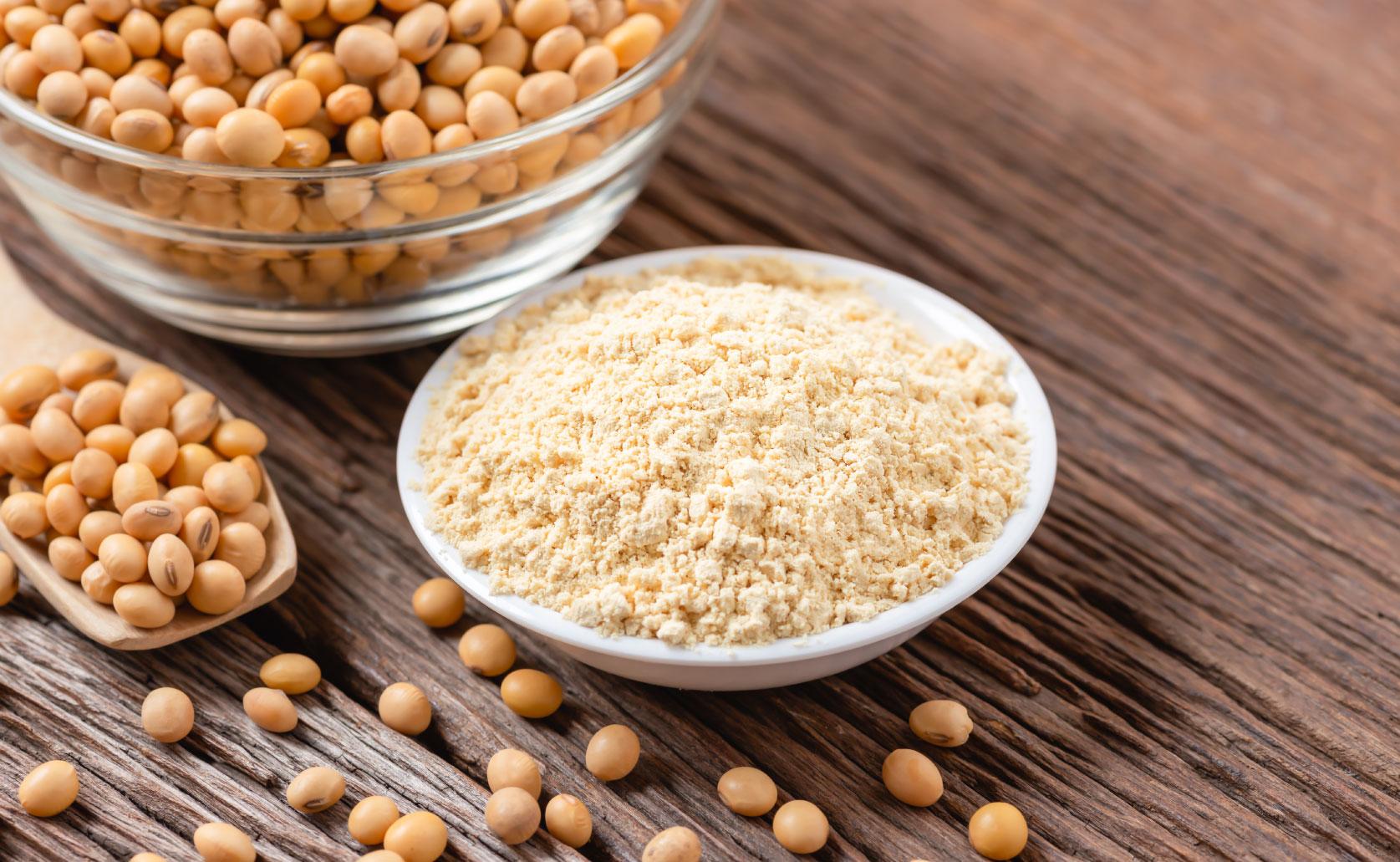
Soy flour is a gluten-free option made from ground soybeans.
It’s high in protein and adds moisture and richness to baked goods.
Soy flour works well in breads, cookies, and pancakes.
However, because of its strong flavor, it’s best used in combination with other flours.
| Characteristic | Details |
|---|---|
| Use in Recipes | Breads, cookies, pancakes |
| Flavor Profile | Strong, nutty, slightly earthy |
| How to Use | Use soy flour in combination with other flours, typically up to 1/3 of the total flour used. |
Conclusion
Sorghum flour is a versatile, gluten-free ingredient, but many substitutes can be used in its place, depending on your needs.
Whether you’re looking for a gluten-free alternative like almond or rice flour or a more traditional option like wheat or barley flour, these substitutes can help you achieve the desired texture and flavor in your recipes.
Experimenting with different flours will allow you to find the perfect match for your baking and cooking needs.



